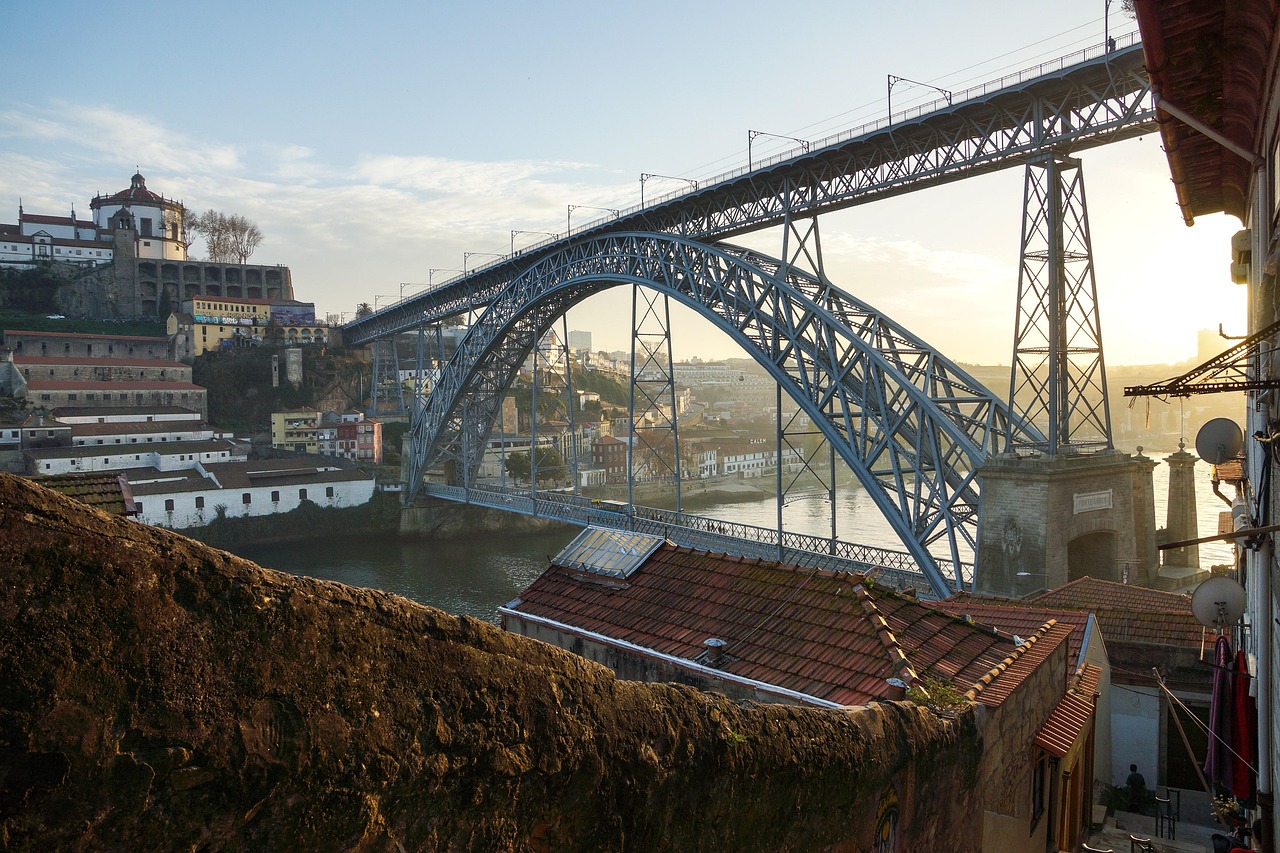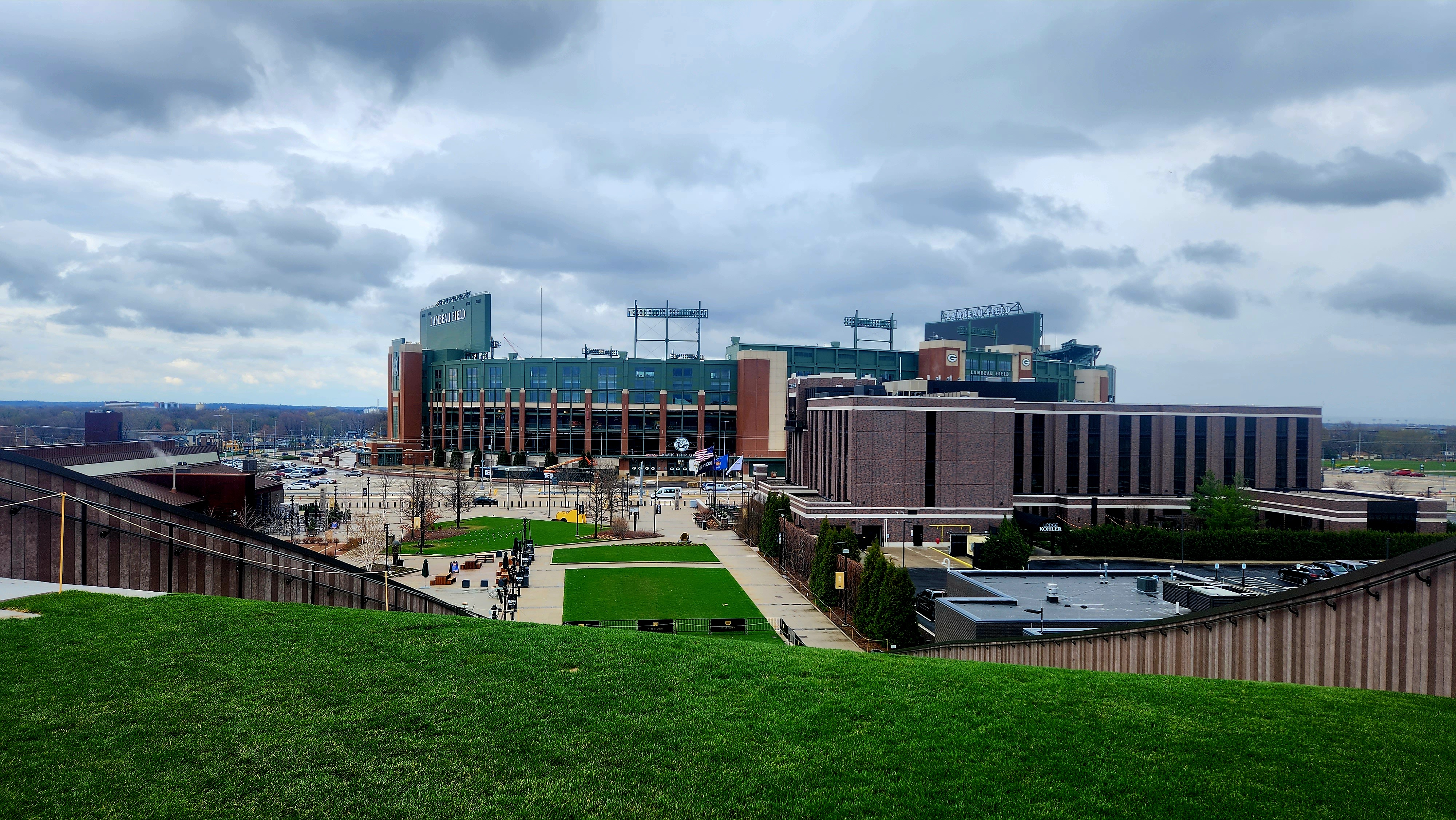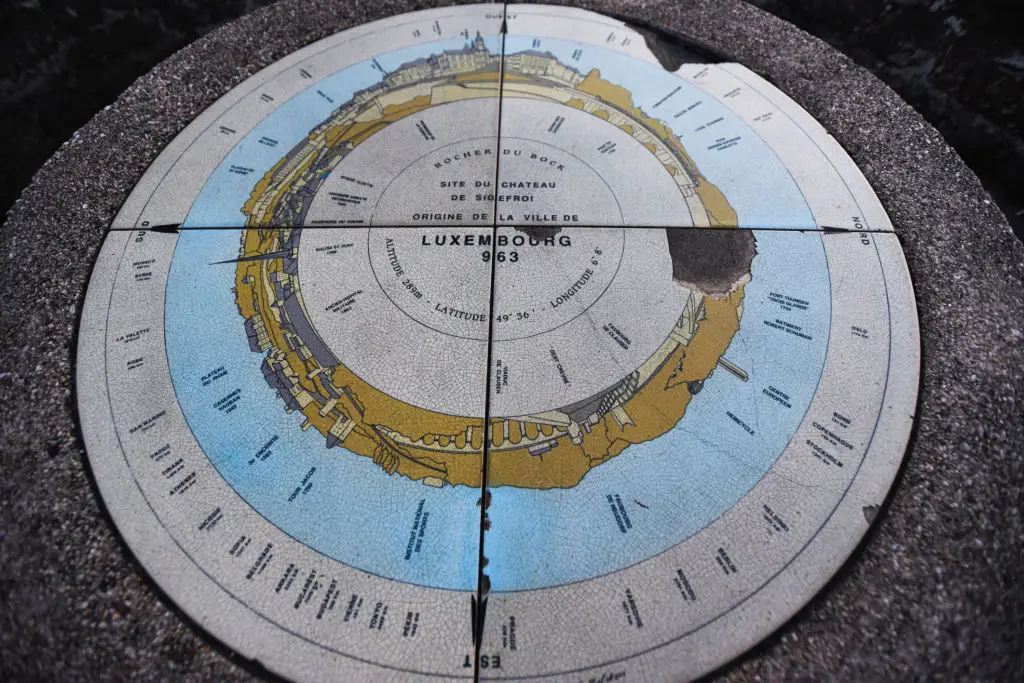45 Ancient Ruins That Are Even More Stunning Than the Pyramids
The Egyptian pyramids may cast a long shadow, but they are merely a single, spectacular peak in a vast, mountainous range of ancient wonders. Scattered across continents, some cloaked by impenetrable jungles, others painstakingly carved into sheer cliffs, or eerily emerging from shifting sands, lie forgotten cities and monumental structures that defy belief. These aren't just remnants; they are the vivid, often baffling, whispers of civilizations more brilliant and mysterious than we can imagine, frequently surpassing the pyramids in their hidden grandeur and sheer scale. That's precisely why we've unearthed and expanded our original collection, now unveiling an incredible 45 jaw-dropping ancient ruins. Prepare to journey from colossal stone temples rising in the Amazon to mountain citadels shrouded in mist, each site a direct, enigmatic portal into the lives, beliefs, and astounding brilliance of cultures long past – many still perplexing archaeologists today.
1. The Majestic Machu Picchu
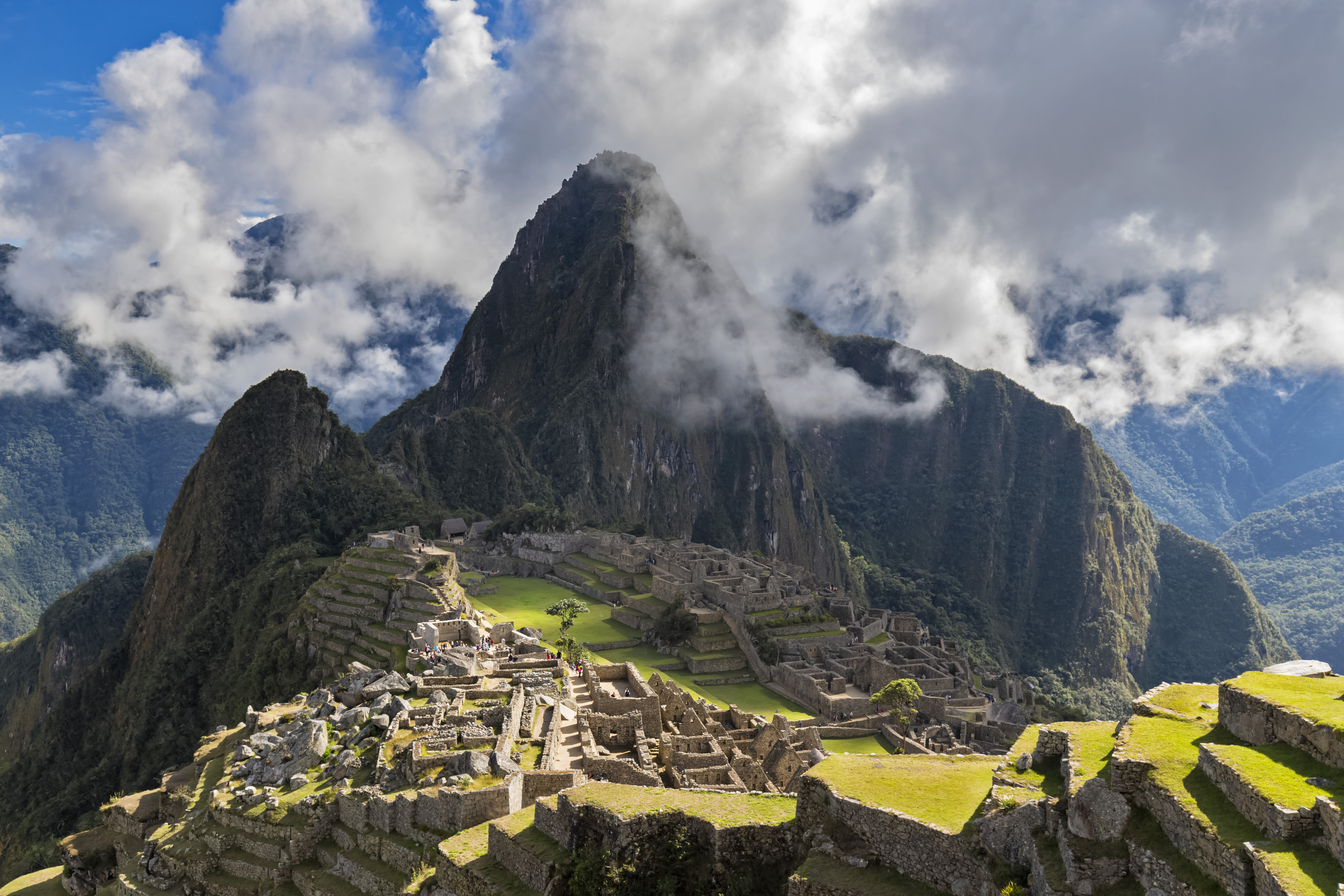
Nestled high in the Andes Mountains of Peru, Machu Picchu is a symbol of the Inca Empire at its zenith. This 15th-century citadel was unknown to the outside world until its discovery by Hiram Bingham in 1911. Machu Picchu's breathtaking location, perched on a mountain ridge above the Sacred Valley, offers panoramic views that are nothing short of spectacular. The precision of its stonework, with massive blocks fitting together perfectly without mortar, speaks volumes about the advanced engineering skills of the Incas. The site is divided into two main areas: the agricultural sector, with its terraced fields, and the urban sector, where temples, plazas, and residential buildings are located. Machu Picchu's purpose remains a subject of debate, with theories ranging from it being a royal estate to a religious site. Its mysterious aura, combined with its stunning architecture, continues to draw millions of visitors each year, eager to walk the paths once trodden by the Incas.
2. The Enigmatic Stonehenge
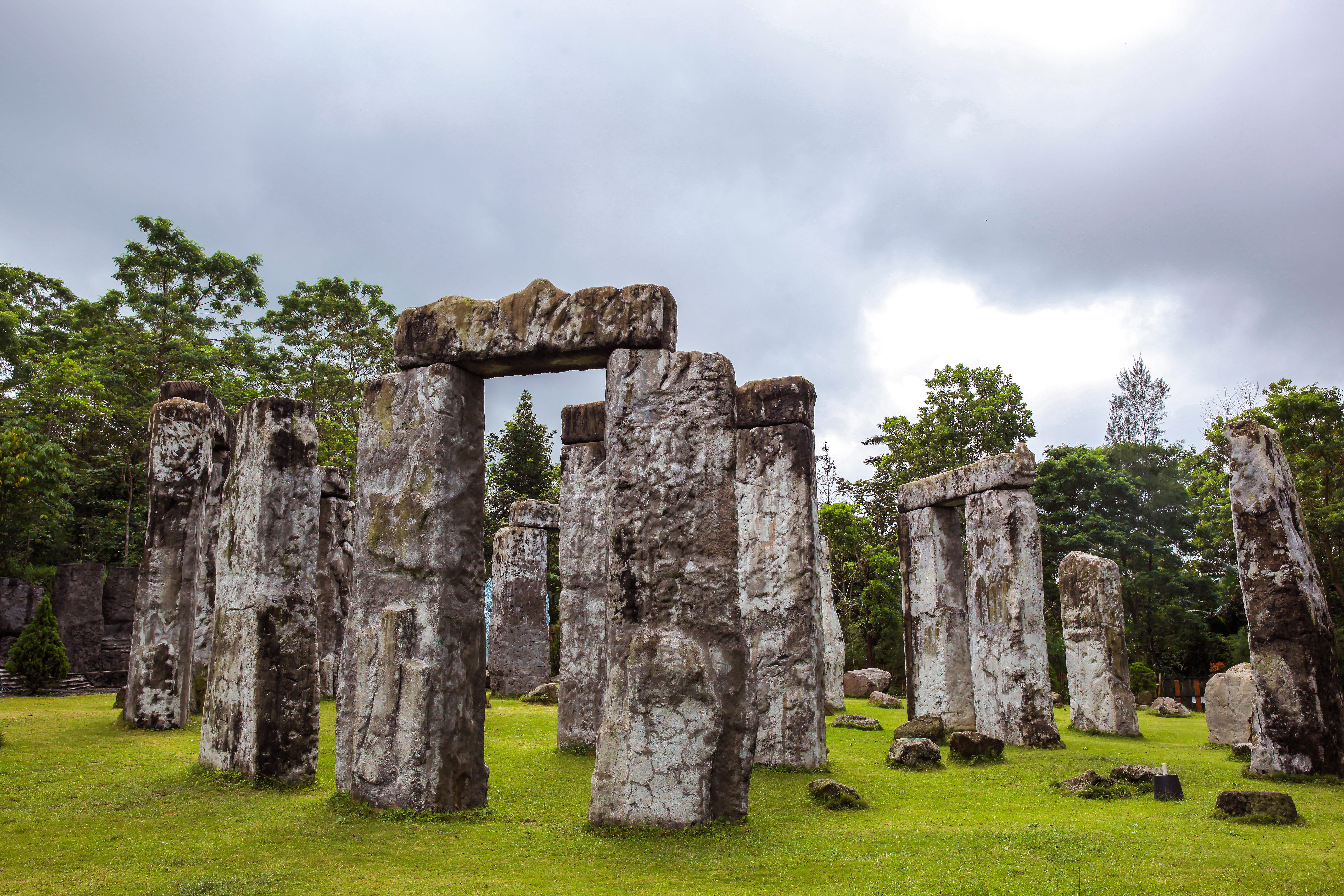
Stonehenge, located in the English county of Wiltshire, is one of the most famous prehistoric monuments in the world. This iconic circle of standing stones, some weighing up to 25 tons, has puzzled historians and archaeologists for centuries. Constructed over several stages between 3000 BC and 2000 BC, Stonehenge's exact purpose remains elusive. Theories abound, suggesting it could have been an astronomical observatory, a religious site, or even a burial ground. The alignment of the stones with the solstices indicates a sophisticated understanding of astronomy. Despite its mysteries, Stonehenge continues to be a site of cultural and historical significance, attracting visitors from around the globe who come to marvel at its ancient grandeur. The surrounding landscape, dotted with burial mounds and other archaeological features, adds to the site's enigmatic allure, offering a glimpse into the lives of the people who built this monumental structure.
3. The Timeless Beauty of Petra
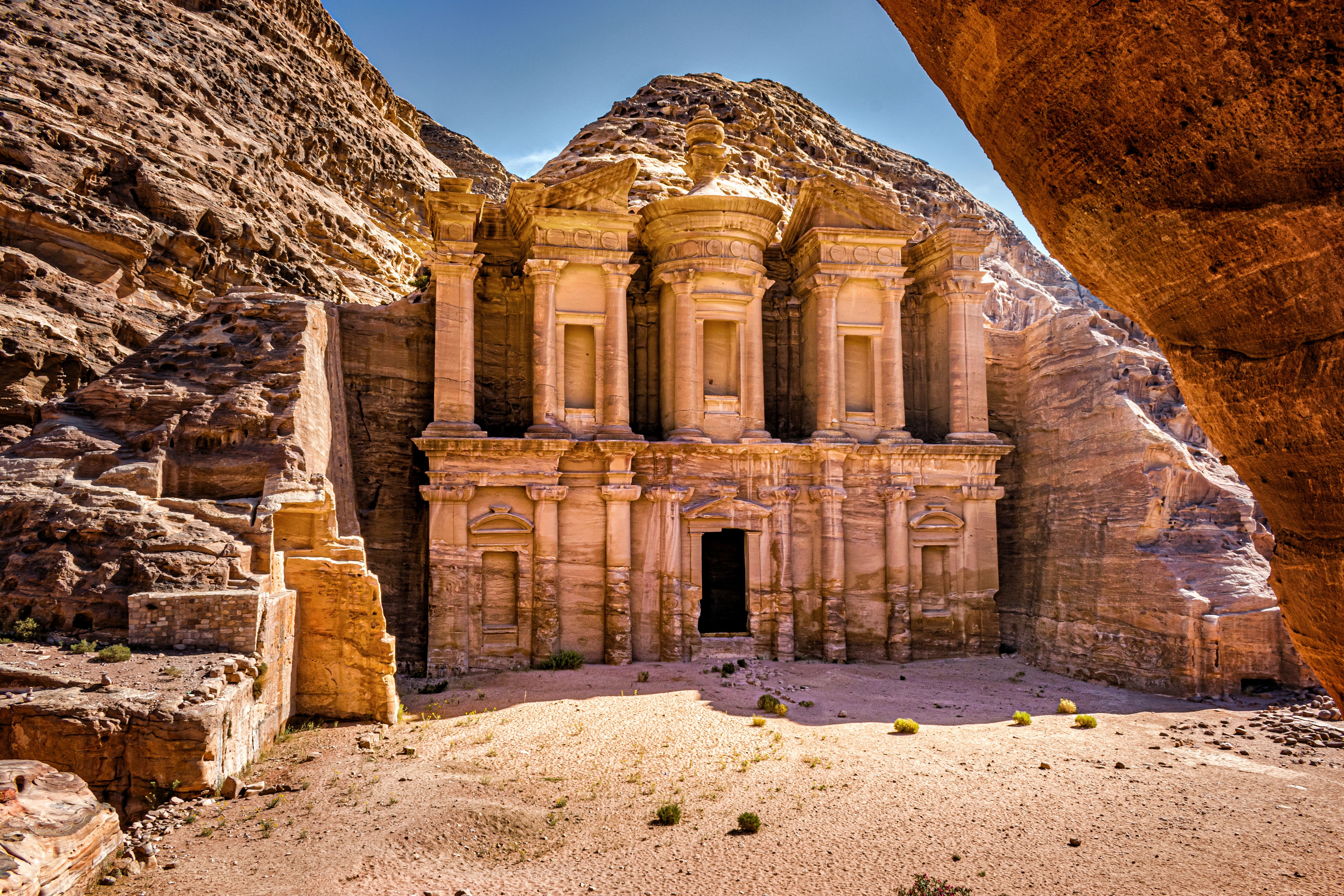
Carved into the rose-red cliffs of southern Jordan, Petra is an archaeological wonder that captivates all who visit. Known as the "Rose City" due to the color of the stone from which it is carved, Petra was the capital of the Nabataean Kingdom around the 4th century BC. This ancient city is renowned for its rock-cut architecture and water conduit system, showcasing the ingenuity of its builders. The most famous structure, Al-Khazneh, or "The Treasury," greets visitors with its grand façade as they emerge from the narrow gorge known as the Siq. Petra's strategic location along ancient trade routes contributed to its prosperity, making it a melting pot of cultures and influences. Today, Petra stands as a testament to the architectural and engineering prowess of the Nabataeans, offering a glimpse into a civilization that thrived in the harsh desert environment. Its blend of natural beauty and human creativity ensures its place as one of the most breathtaking ruins in the world.
4. The Ancient City of Angkor
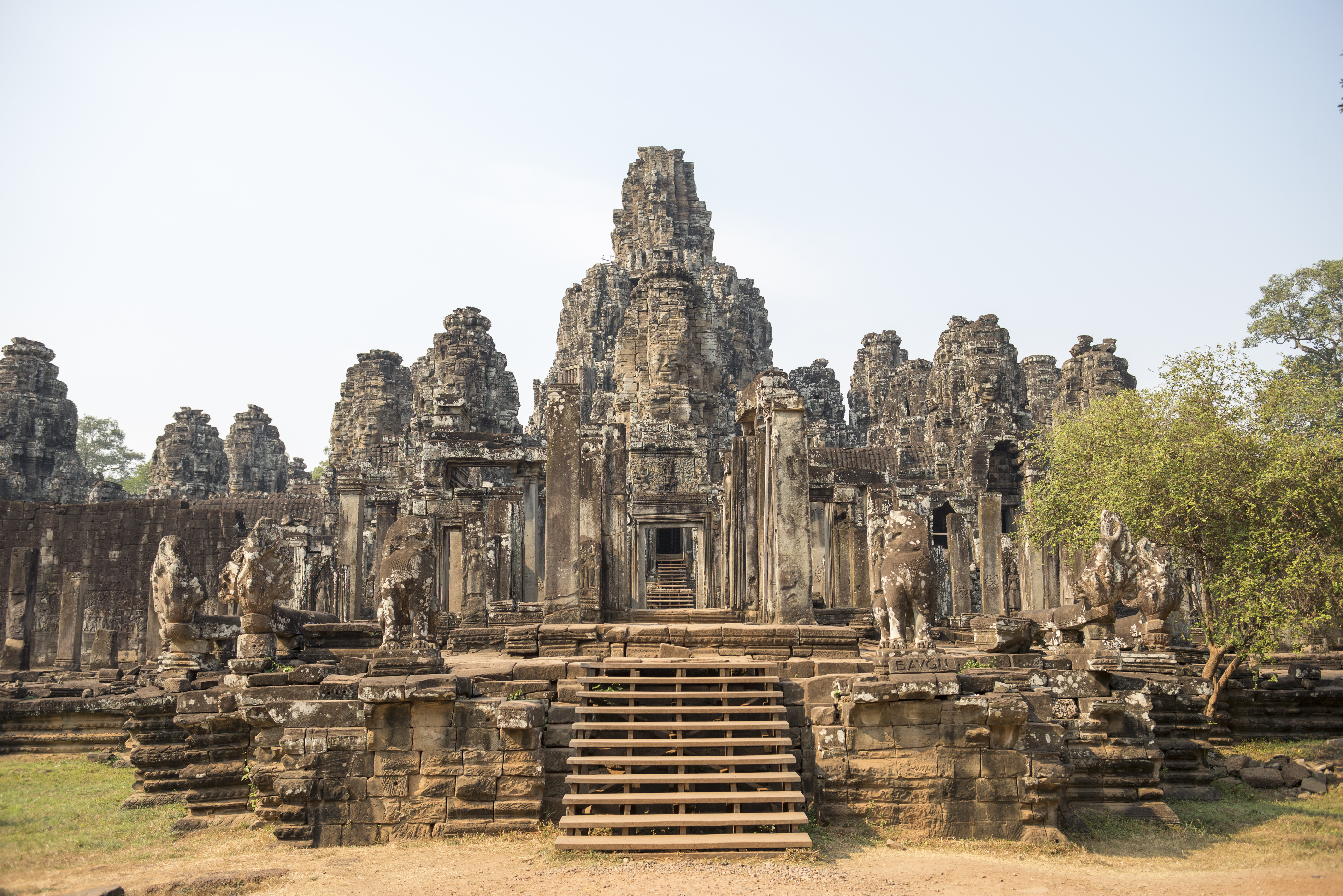
Deep within the Cambodian jungle lies Angkor, the heart of the Khmer Empire from the 9th to the 15th centuries. Angkor is home to the magnificent Angkor Wat, the largest religious monument in the world, originally constructed as a Hindu temple dedicated to the god Vishnu before transforming into a Buddhist site. The temple's intricate bas-reliefs and towering spires reflect the high level of artistry and craftsmanship of the Khmer civilization. Surrounding Angkor Wat are numerous other temples and structures, each with its own unique charm and history. The enigmatic faces of the Bayon Temple, the sprawling complex of Angkor Thom, and the tree-entwined ruins of Ta Prohm are just a few of the highlights. Angkor's extensive hydraulic system, with its reservoirs, canals, and moats, demonstrates the advanced engineering skills of the Khmer people. Today, Angkor stands as a symbol of Cambodia's rich cultural heritage, drawing visitors from around the world to explore its ancient wonders.
5. The Mystical City of Teotihuacan
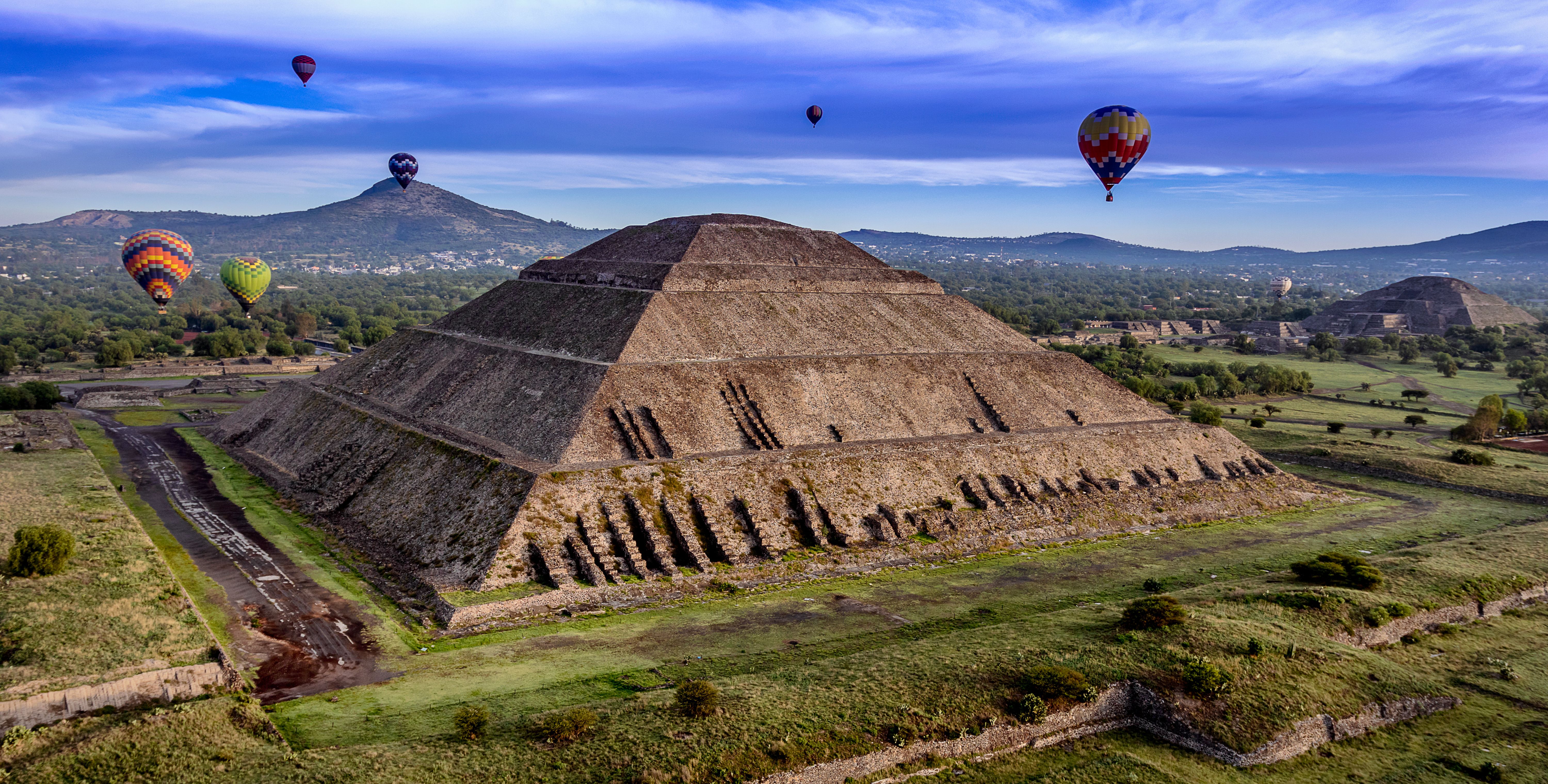
Located just outside modern-day Mexico City, Teotihuacan is a sprawling ancient city that once served as a major cultural and economic center. At its height, around 500 AD, Teotihuacan was one of the largest cities in the world, with a population of over 125,000. The city's layout, with its wide avenues and monumental architecture, reflects careful urban planning. The Pyramid of the Sun and the Pyramid of the Moon are among Teotihuacan's most iconic structures, towering over the city and offering breathtaking views from their summits. The Temple of the Feathered Serpent, adorned with intricate carvings, adds to the site's allure. Despite its significance, much about Teotihuacan remains a mystery, including the identity of its builders and the reasons for its decline. The city's influence extended far beyond its borders, impacting cultures throughout Mesoamerica. Today, Teotihuacan continues to captivate visitors with its grandeur and enigmatic history, standing as a testament to the achievements of its ancient inhabitants.
6. The Lost City of Tikal
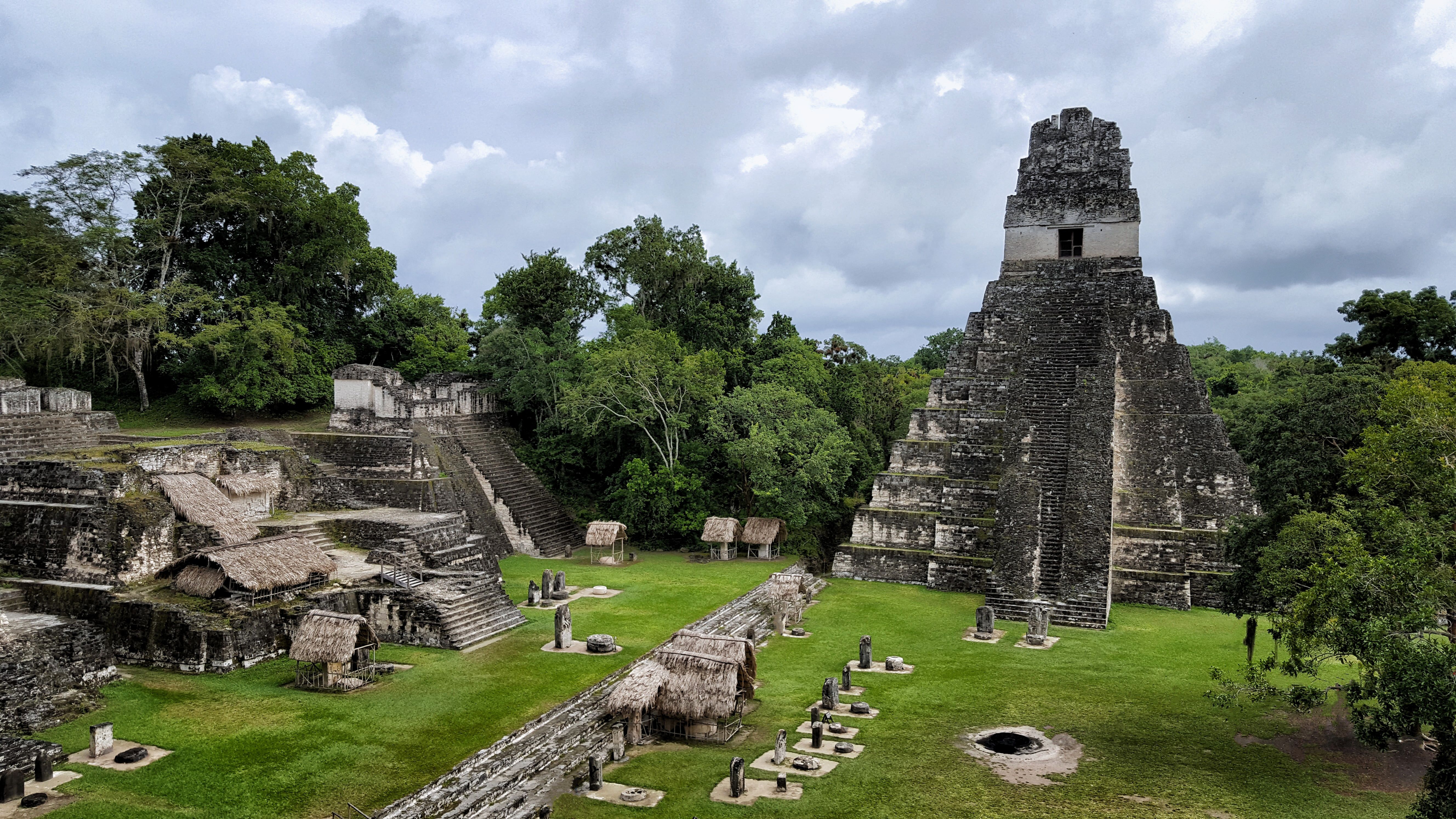
Hidden deep within the rainforests of Guatemala, Tikal was one of the most powerful city-states of the ancient Maya civilization. At its peak during the Classic Period (200-900 AD), Tikal was a bustling metropolis with a population of tens of thousands. The city's impressive architecture, including towering pyramids, palaces, and temples, reflects the Maya's advanced understanding of mathematics and astronomy. The Great Plaza, dominated by the Temple of the Great Jaguar and Temple II, serves as the heart of the city, surrounded by other significant structures. Tikal's location within a dense jungle adds to its mystique, with howler monkeys and tropical birds providing a natural soundtrack to the exploration of its ruins. Despite its decline and eventual abandonment, Tikal remains a symbol of Maya ingenuity and resilience. The site offers a glimpse into the complex society that once thrived here, with its hieroglyphic inscriptions and carved stelae revealing the stories of its rulers and their achievements.
7. The Legendary Acropolis of Athens
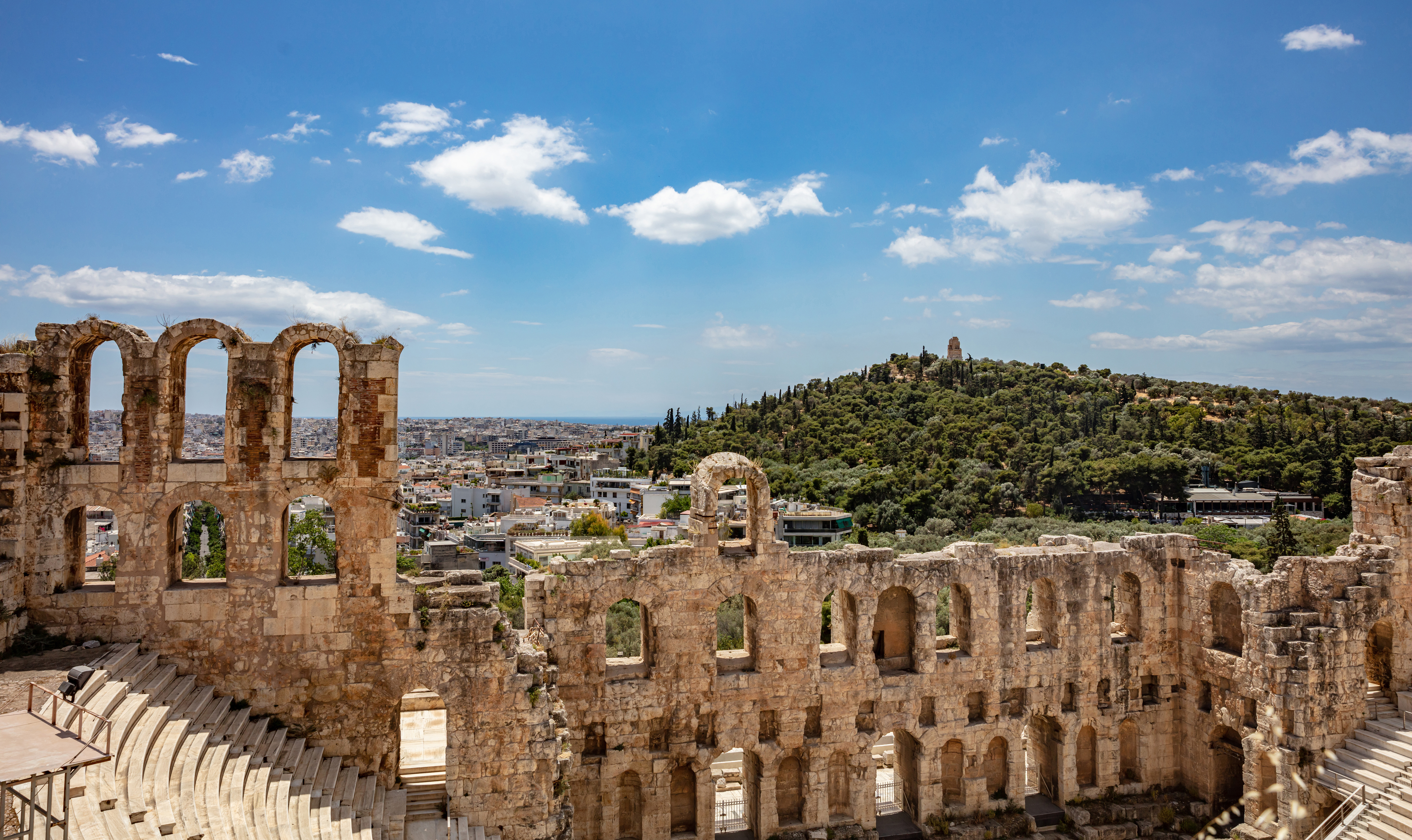
Perched atop a rocky hill overlooking Athens, the Acropolis is a symbol of ancient Greek civilization and its enduring legacy. This iconic site is home to several monumental structures, the most famous being the Parthenon, a temple dedicated to the goddess Athena. Constructed in the 5th century BC, the Parthenon is renowned for its Doric columns and intricate sculptures, reflecting the artistic and architectural achievements of classical Greece. Other notable structures on the Acropolis include the Erechtheion, with its distinctive Caryatid Porch, and the Temple of Athena Nike. The Acropolis served as a religious and cultural center, playing a central role in the civic life of Athens. Its ruins continue to inspire awe and admiration, offering a glimpse into the values and achievements of ancient Greek society. As a symbol of democracy and philosophy, the Acropolis remains a powerful reminder of the cultural legacy that shaped the Western world.
8. The Mesmerizing Ruins of Pompeii
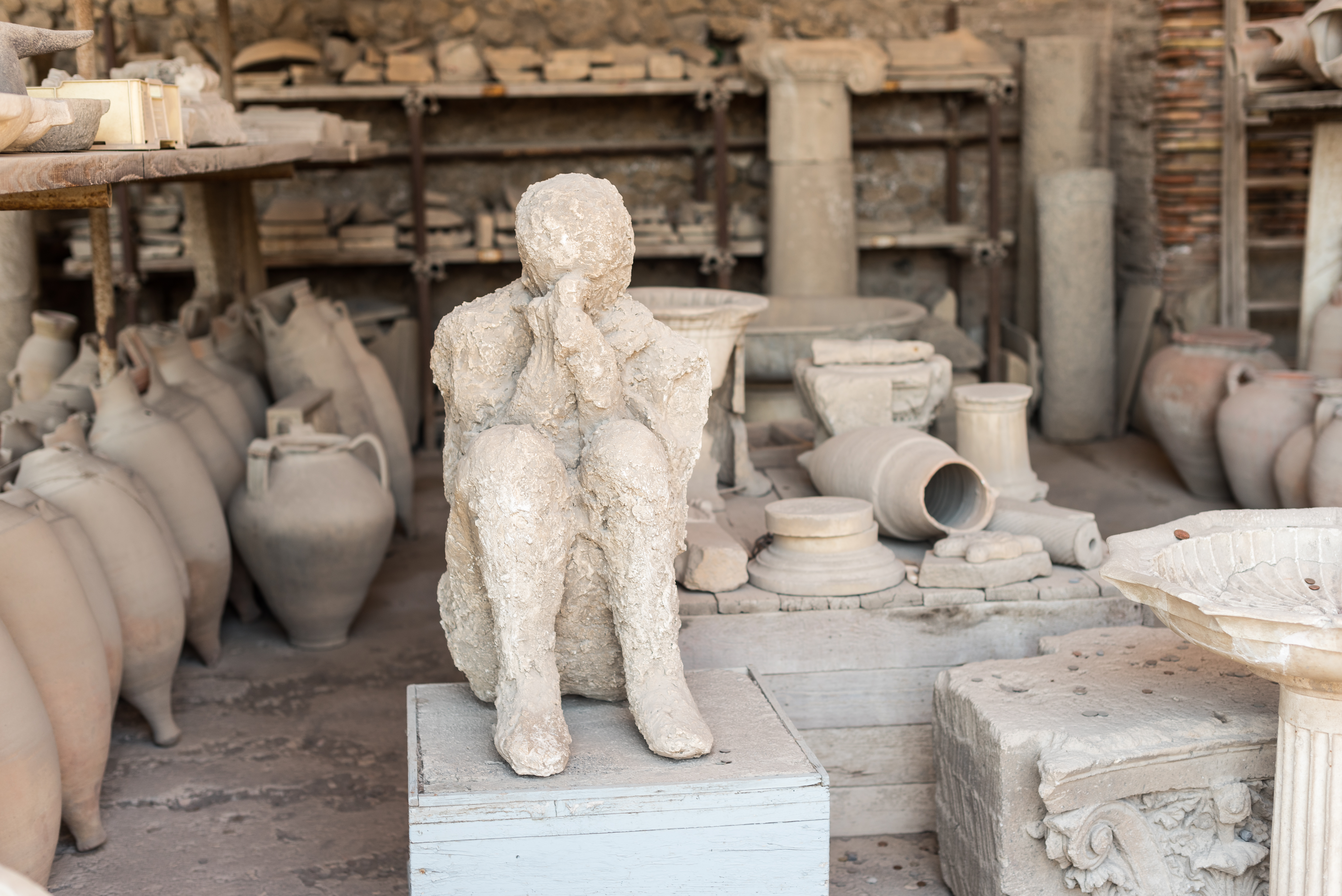
The ancient city of Pompeii, located near modern-day Naples, Italy, offers a unique snapshot of Roman life frozen in time. In 79 AD, the catastrophic eruption of Mount Vesuvius buried Pompeii under a thick layer of volcanic ash, preserving its buildings, streets, and artifacts for centuries. Rediscovered in the 18th century, Pompeii provides invaluable insights into the daily life, culture, and architecture of the Roman Empire. Visitors can explore the well-preserved ruins, including the Forum, amphitheater, and numerous houses adorned with frescoes and mosaics. The plaster casts of victims, created by pouring plaster into the voids left by decomposed bodies, serve as haunting reminders of the city's tragic fate. Pompeii's preservation offers a rare opportunity to walk the streets of an ancient city, experiencing the vibrancy of Roman civilization in a way that few other sites can offer. Its ruins continue to captivate historians, archaeologists, and tourists alike, drawing millions of visitors each year.
9. The Sacred City of Carthage

Once a dominant power in the Mediterranean, Carthage was the capital of the ancient Carthaginian Empire. Located in present-day Tunisia, Carthage was founded by Phoenician settlers around the 9th century BC. The city's strategic location and powerful navy allowed it to control crucial trade routes, leading to conflict with Rome in the Punic Wars. Despite its eventual destruction by the Romans in 146 BC, Carthage rose again as a Roman colony, leaving behind a rich tapestry of ruins. The remains of the city's harbors, fortifications, and public buildings offer a glimpse into its storied past. The Tophet, a sacred precinct where child sacrifices were believed to have taken place, adds an element of mystery and intrigue. Carthage's ruins serve as a testament to the city's resilience and its role as a major cultural and economic center in the ancient world. Today, the site is a UNESCO World Heritage Site, attracting visitors eager to explore its historical significance.
10. The Ancient City of Persepolis

Persepolis, the ceremonial capital of the Achaemenid Empire, stands as a symbol of Persian grandeur and power. Founded by Darius the Great in 518 BC, Persepolis was the heart of the Persian Empire, hosting grand ceremonies and gatherings of delegates from across the empire. The site's monumental architecture, including the Apadana Palace and the Hall of 100 Columns, reflects the empire's wealth and artistic achievements. The intricate reliefs adorning the staircases depict scenes of tribute-bearing delegations, offering insights into the empire's vast reach and diversity. Despite its destruction by Alexander the Great in 330 BC, Persepolis remains a powerful symbol of Persian identity and cultural heritage. The ruins, set against the backdrop of the Zagros Mountains, continue to inspire awe and admiration, drawing visitors from around the world to explore the legacy of the Achaemenid Empire. Persepolis stands as a testament to the architectural and artistic achievements of ancient Persia, offering a glimpse into the empire's grandeur and influence.
11. The Mysterious Moai of Easter Island
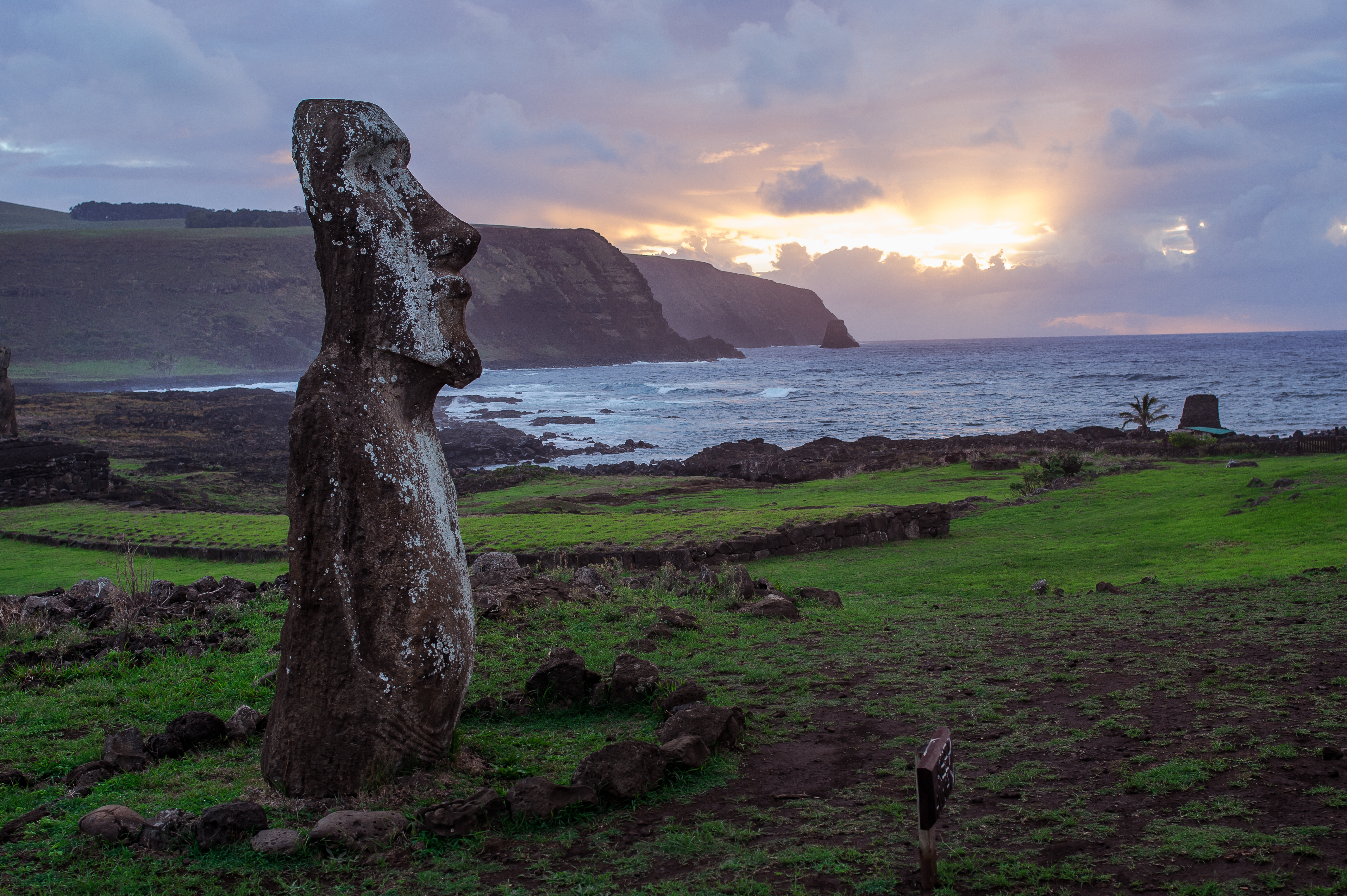
Easter Island, known as Rapa Nui to its indigenous inhabitants, is home to one of the world's most enigmatic archaeological sites. The island's iconic moai statues, carved from volcanic rock, stand as silent sentinels, gazing out towards the ocean. These massive statues, some weighing over 80 tons, were crafted by the Rapa Nui people between the 13th and 16th centuries. The purpose of the moai remains a subject of debate, with theories suggesting they represent deified ancestors or serve as symbols of authority and power. The process of carving and transporting these colossal statues across the island showcases the ingenuity and resourcefulness of the Rapa Nui people. Despite the island's remote location, the moai have captured the imagination of people worldwide, drawing visitors eager to unravel their mysteries. Easter Island's unique cultural heritage, combined with its stunning natural beauty, ensures its place as one of the most captivating ancient sites in the world.
12. The Hidden City of Palenque
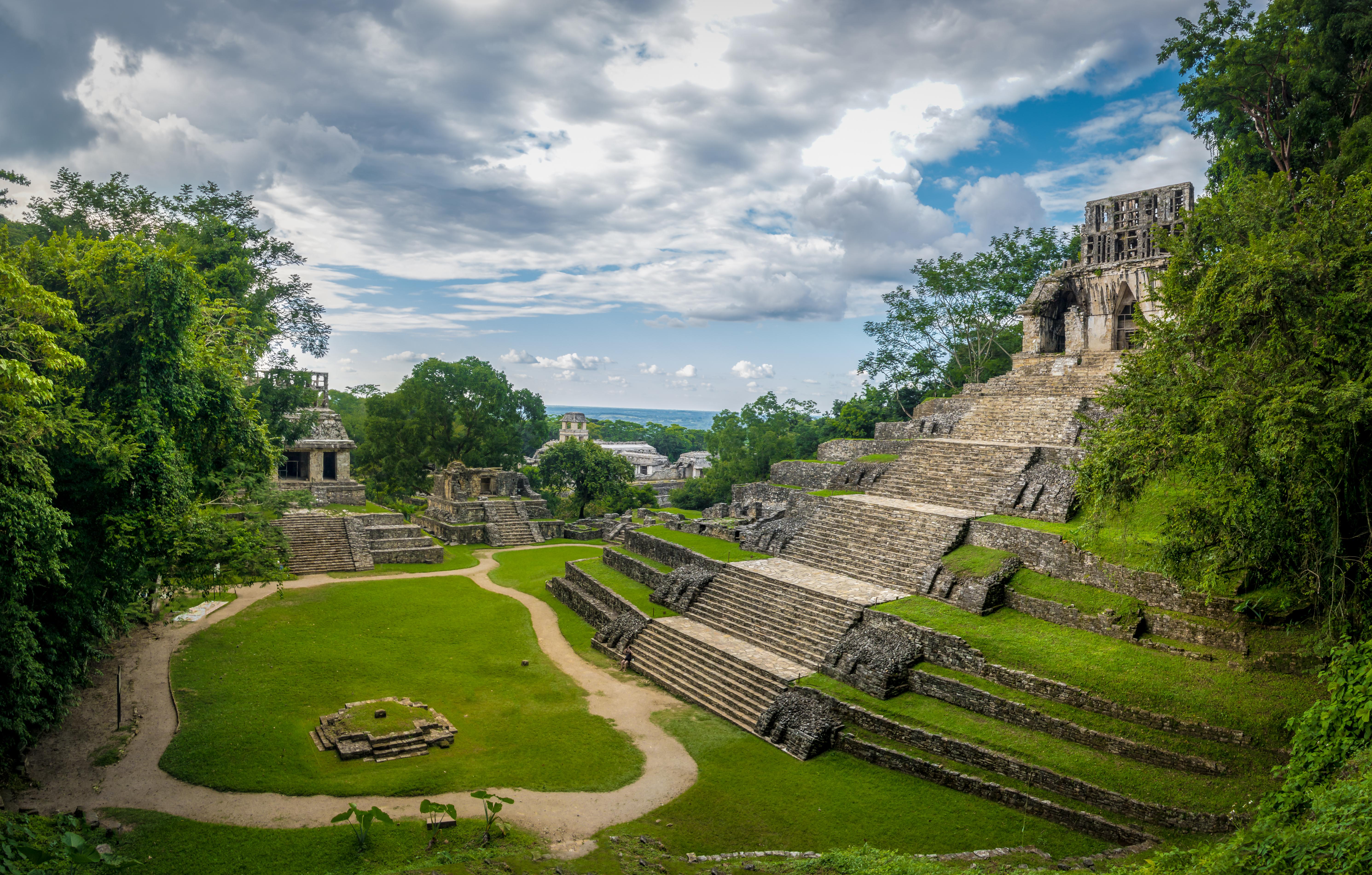
Tucked away in the jungles of southern Mexico, Palenque was one of the most important cities of the Maya civilization during the Classic Period. Known for its exquisite architecture and intricate carvings, Palenque offers a glimpse into the artistic and intellectual achievements of the Maya. The Temple of the Inscriptions, the largest stepped pyramid in Palenque, houses the tomb of the city's most famous ruler, Pakal the Great. The tomb's discovery in 1952 provided valuable insights into Maya funerary practices and beliefs. The Palace, with its distinctive tower and intricate stucco reliefs, serves as the political and ceremonial center of the city. Palenque's location, surrounded by lush rainforest, adds to its allure, creating a sense of mystery and wonder. Despite its eventual decline, Palenque remains a symbol of Maya ingenuity and resilience, drawing visitors eager to explore its rich history and cultural significance.
13. The Ancient City of Hampi

The ruins of Hampi, located in the southern Indian state of Karnataka, offer a glimpse into the grandeur of the Vijayanagara Empire. Once a thriving metropolis and the capital of one of the largest empires in Indian history, Hampi is now a UNESCO World Heritage Site, known for its stunning architecture and unique landscape. The city's ruins are spread across a rugged terrain of granite boulders, with intricately carved temples, palaces, and market streets dotting the landscape. The Virupaksha Temple, dedicated to the deity Shiva, is one of the oldest functioning temples in India, showcasing the region's rich religious heritage. The Vittala Temple, with its iconic stone chariot and musical pillars, is a testament to the artistic and architectural achievements of the Vijayanagara Empire. Despite its decline in the 16th century, Hampi remains a symbol of cultural and historical significance, drawing visitors from around the world to explore its ancient wonders.
14. The Desert City of Palmyra

Once a thriving oasis city in the Syrian desert, Palmyra was a major cultural and economic center of the ancient world. Known for its grand colonnaded streets, towering temples, and monumental archways, Palmyra was a melting pot of cultures, blending Greco-Roman, Persian, and local influences. The Temple of Bel, dedicated to the Mesopotamian god Bel, was one of the most important religious sites in the city, reflecting the city's diverse religious practices. Palmyra's strategic location along trade routes contributed to its prosperity, making it a key player in the ancient world. Despite the city's destruction in recent years, efforts are underway to preserve and restore its remaining ruins, highlighting the resilience of its cultural heritage. Palmyra's ruins continue to captivate historians and archaeologists, offering a glimpse into the city's storied past and its role as a crossroads of civilizations.
15. The Ancient City of Ephesus
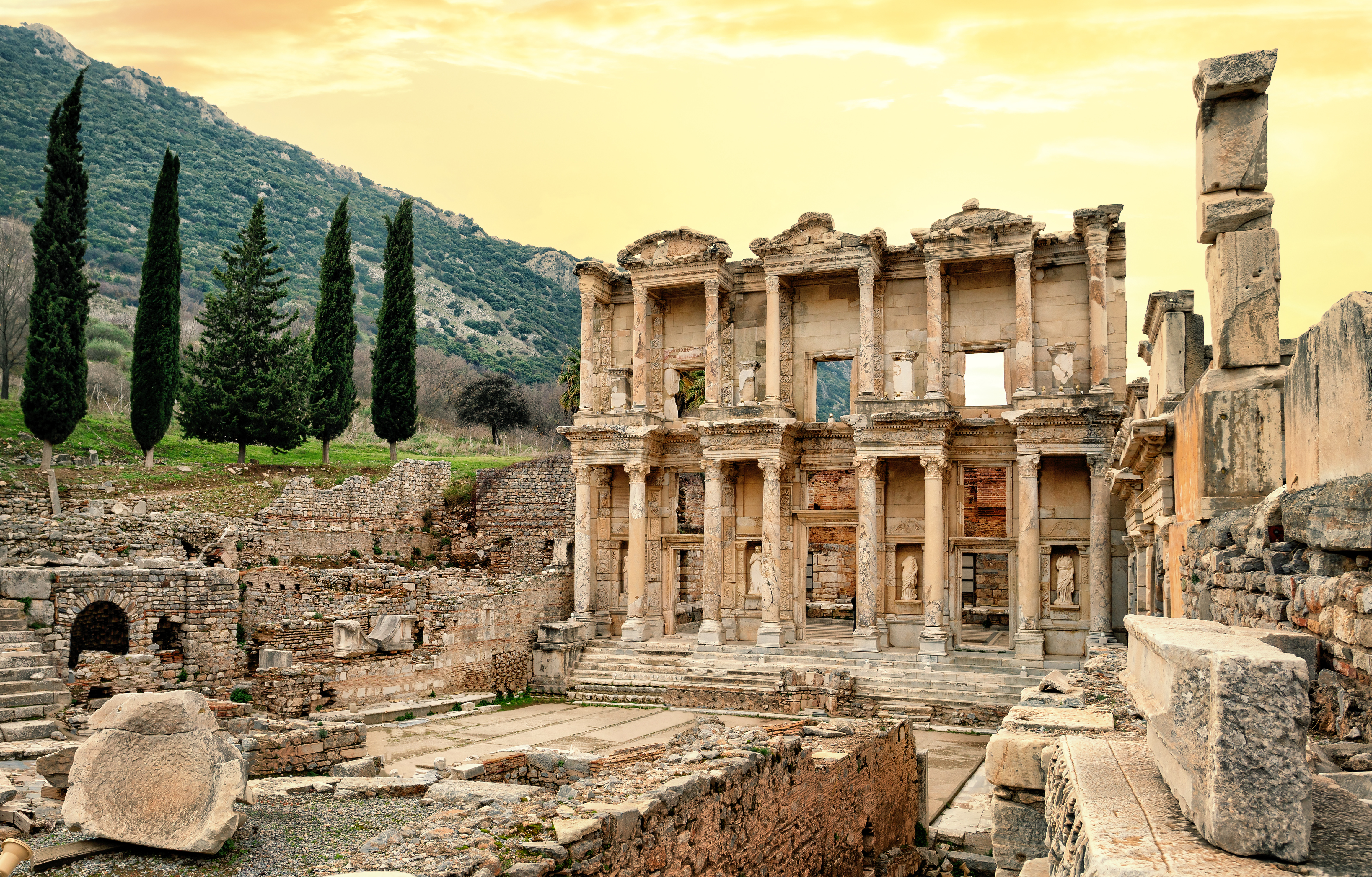
Ephesus, located in present-day Turkey, was one of the most important cities of the ancient Greek and Roman world. Known for its grand architecture and cultural significance, Ephesus was a major center of commerce and religion. The city's most famous structure, the Temple of Artemis, was one of the Seven Wonders of the Ancient World, attracting pilgrims from across the Mediterranean. The Library of Celsus, with its impressive façade, served as a testament to the city's intellectual and cultural achievements. The Great Theatre, capable of seating 25,000 spectators, reflects the importance of entertainment and public gatherings in Ephesus. Despite its decline and eventual abandonment, Ephesus remains a symbol of ancient grandeur and cultural heritage, drawing visitors eager to explore its rich history and architectural wonders. The city's well-preserved ruins offer a glimpse into the daily life and achievements of its ancient inhabitants, making it one of the most captivating archaeological sites in the world.
16. Göbekli Tepe – The World’s Oldest Temple (Turkey)
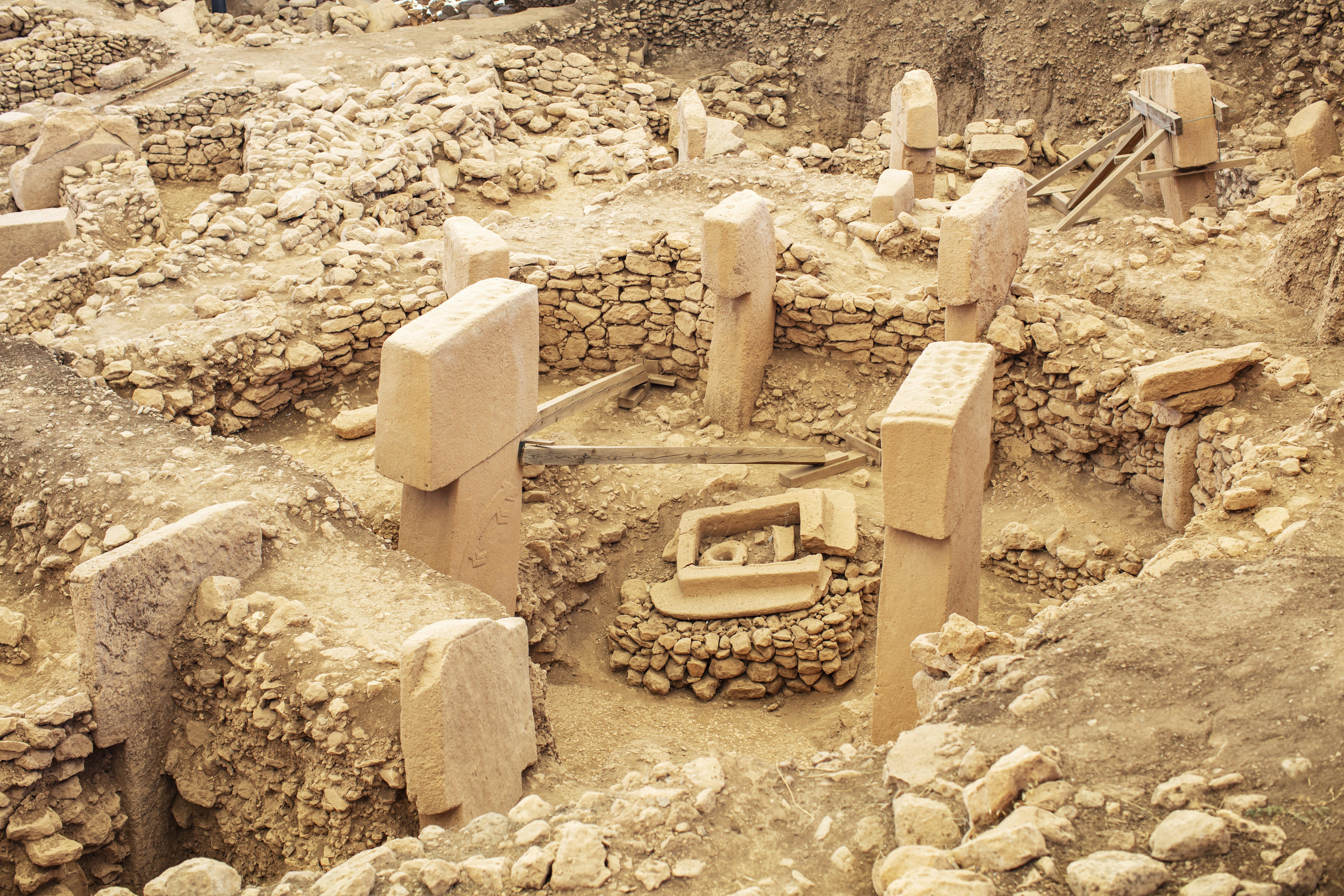
Long before Stonehenge and the Egyptian pyramids, the ancient builders of Göbekli Tepe were carving intricate monolithic pillars in what is now southeastern Turkey. Dating back to around 9600 BC—before the advent of agriculture—this prehistoric site is considered the world’s first temple. The massive stone pillars, adorned with carvings of animals and abstract symbols, suggest early religious practices and an advanced understanding of construction. The site raises fascinating questions: Who built it, and why was it deliberately buried after centuries of use? Göbekli Tepe has rewritten the story of early civilization, proving that complex societies existed long before previously believed.
17. Nan Madol – The Lost Venice of the Pacific (Micronesia)
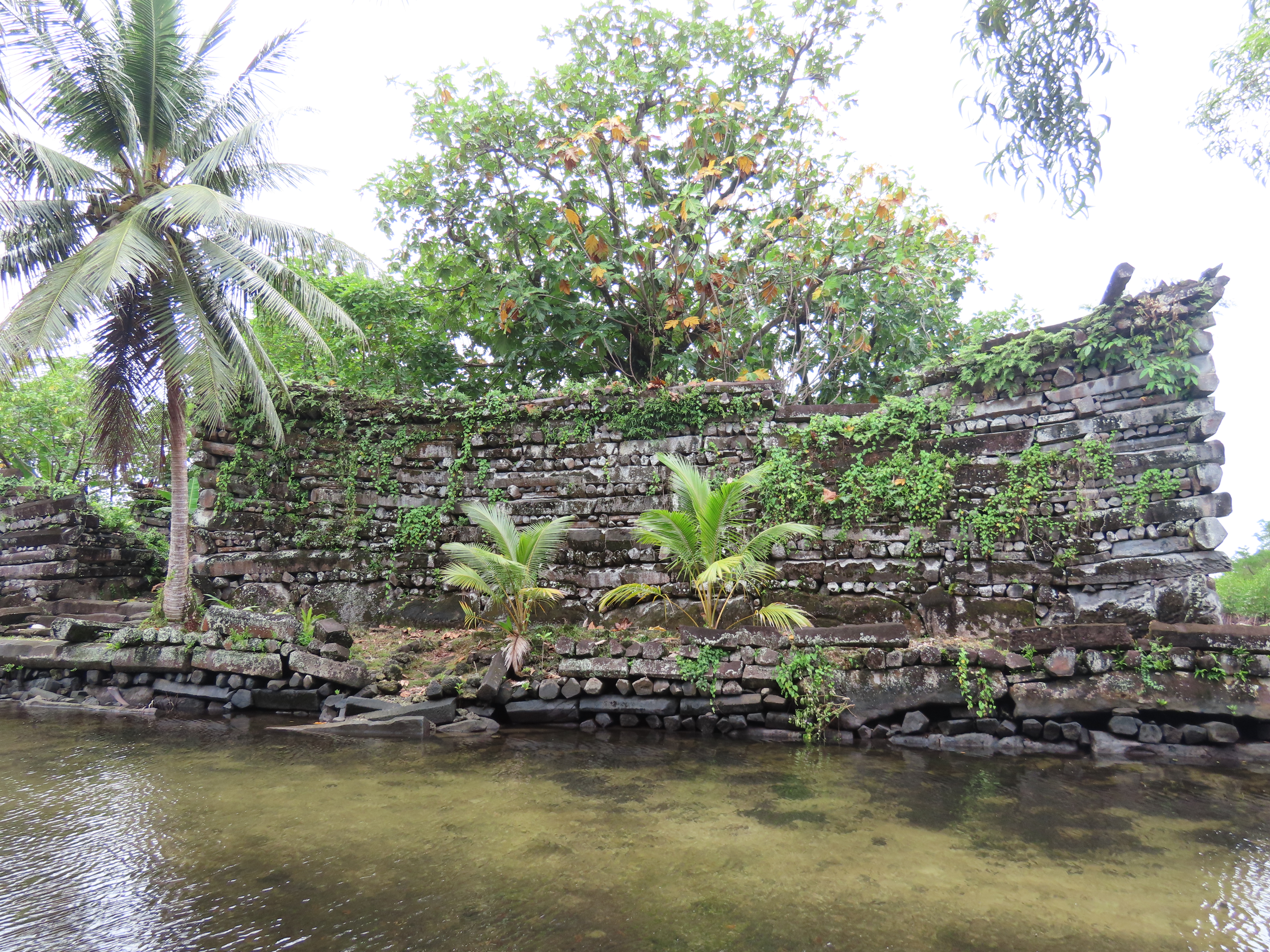
Hidden in the remote waters of the Pacific, off the island of Pohnpei, lies Nan Madol—a city built entirely on an artificial series of islands and canals. Often called the “Venice of the Pacific,” this mysterious city dates back to the 8th century AD and was the political and religious center of the Saudeleur Dynasty. Massive basalt stones were transported across the ocean to construct its towering walls and platforms, despite the lack of modern tools or machinery. How these enormous blocks—some weighing 50 tons—were moved remains an unsolved mystery. Abandoned centuries ago, Nan Madol is now overgrown with jungle, adding to its eerie beauty.
18. Derinkuyu – Turkey’s Underground Metropolis

Imagine an entire city hidden beneath your feet, carved deep into the earth. Derinkuyu, one of the largest underground cities in the world, lies beneath the Cappadocia region of Turkey. Built over 2,000 years ago, this subterranean labyrinth could shelter up to 20,000 people, complete with living quarters, ventilation shafts, chapels, schools, and even stables. The network of tunnels and passageways was used by early Christians and others escaping persecution. The engineering marvel of this multi-level city, carved entirely out of soft volcanic rock, continues to astound visitors and scholars alike.
19. Tiwanaku – The Cradle of Andean Civilization (Bolivia)

Often overshadowed by Machu Picchu, Tiwanaku is one of South America’s greatest ancient cities. Located near Lake Titicaca in Bolivia, this pre-Inca civilization flourished between 300 and 1000 AD and influenced later Andean cultures, including the Incas. The city's massive stone structures, such as the Gate of the Sun, are adorned with intricate carvings and celestial alignments, indicating a deep understanding of astronomy. The precision-cut stones, some weighing over 100 tons, fit together without mortar, a technique that remains a mystery. Despite its significance, much of Tiwanaku’s history is still unknown, making it one of the most intriguing archaeological sites in the world.
20. Lalibela – Ethiopia’s Rock-Hewn Churches

Hidden in the Ethiopian highlands, Lalibela is home to an incredible series of 11 monolithic churches carved entirely from solid rock. Constructed in the 12th and 13th centuries, these churches were commissioned by King Lalibela as a "New Jerusalem" for Christian pilgrims. The most famous, the Church of Saint George, is shaped like a massive cross, hewn from the ground downwards. The complex also includes underground tunnels, passageways, and intricate carvings that seem almost impossible to have been created with medieval tools. Today, Lalibela remains an important religious site, drawing both pilgrims and travelers to witness this extraordinary architectural achievement.
21. Sigiriya – The Lion Rock Fortress (Sri Lanka)
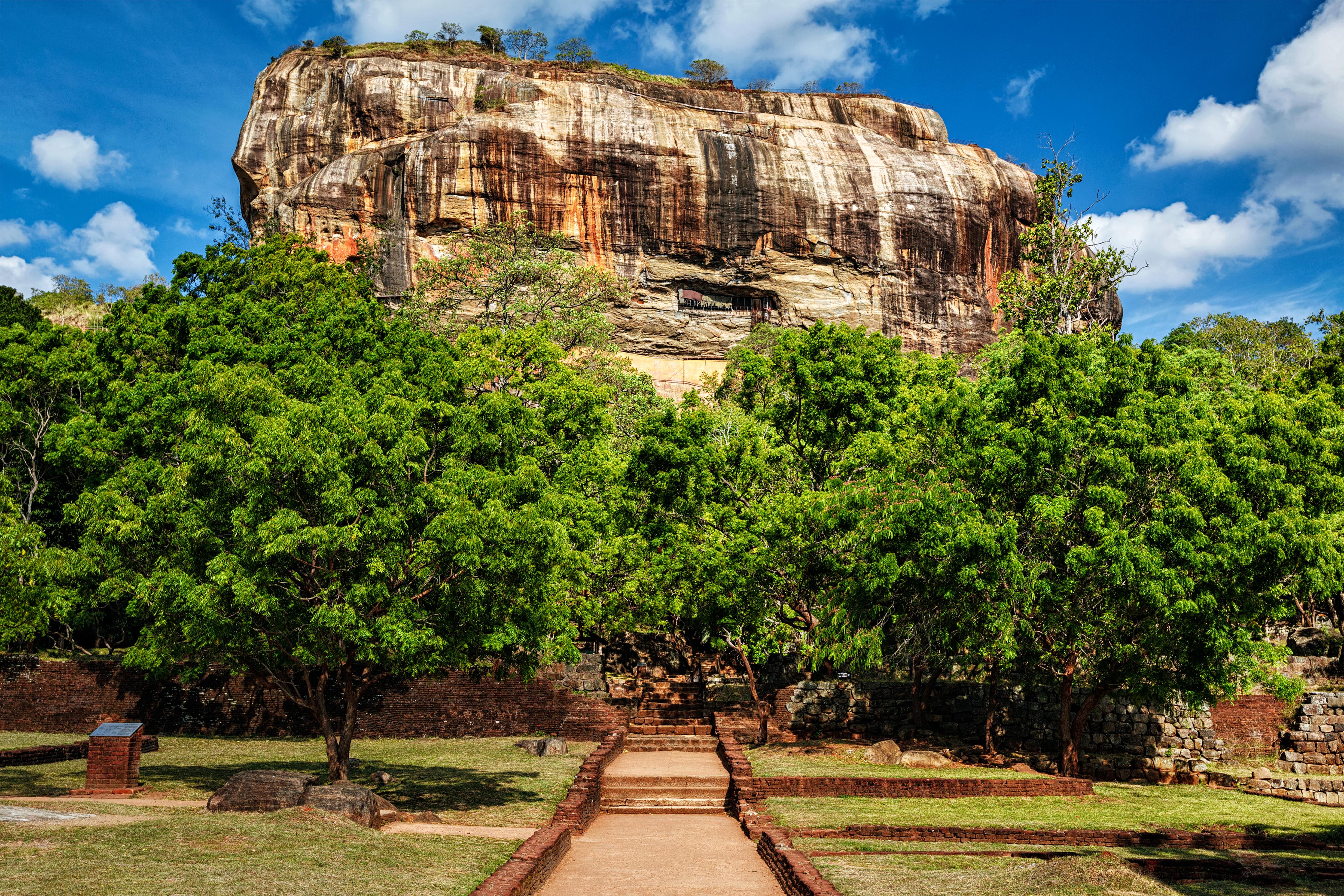
Rising dramatically from the lush jungles of Sri Lanka, Sigiriya is an ancient fortress built atop a 660-foot rock plateau. Constructed in the 5th century AD by King Kasyapa, this UNESCO World Heritage Site features stunning frescoes, landscaped gardens, and a pair of colossal lion’s paws guarding the entrance. The climb to the summit reveals breathtaking views of the surrounding jungle, as well as the remnants of a palace and complex water gardens. Sigiriya’s sophisticated irrigation system, still functioning today, is a testament to the advanced engineering skills of its builders.
22. Great Zimbabwe – Africa’s Forgotten Empire

In the heart of southern Africa, Great Zimbabwe is a monumental city of stone ruins that once served as the capital of a powerful medieval kingdom. Flourishing between the 11th and 15th centuries, this vast city was built without mortar, using precisely cut granite blocks to construct towering walls, passageways, and the famous Great Enclosure. Archaeological evidence suggests that Great Zimbabwe was a thriving center of trade, linked to distant civilizations like China and Persia. Despite its grandeur, the site remains shrouded in mystery, with debates over who built it and why it was eventually abandoned.
23. Choquequirao – The Hidden Inca City (Peru)
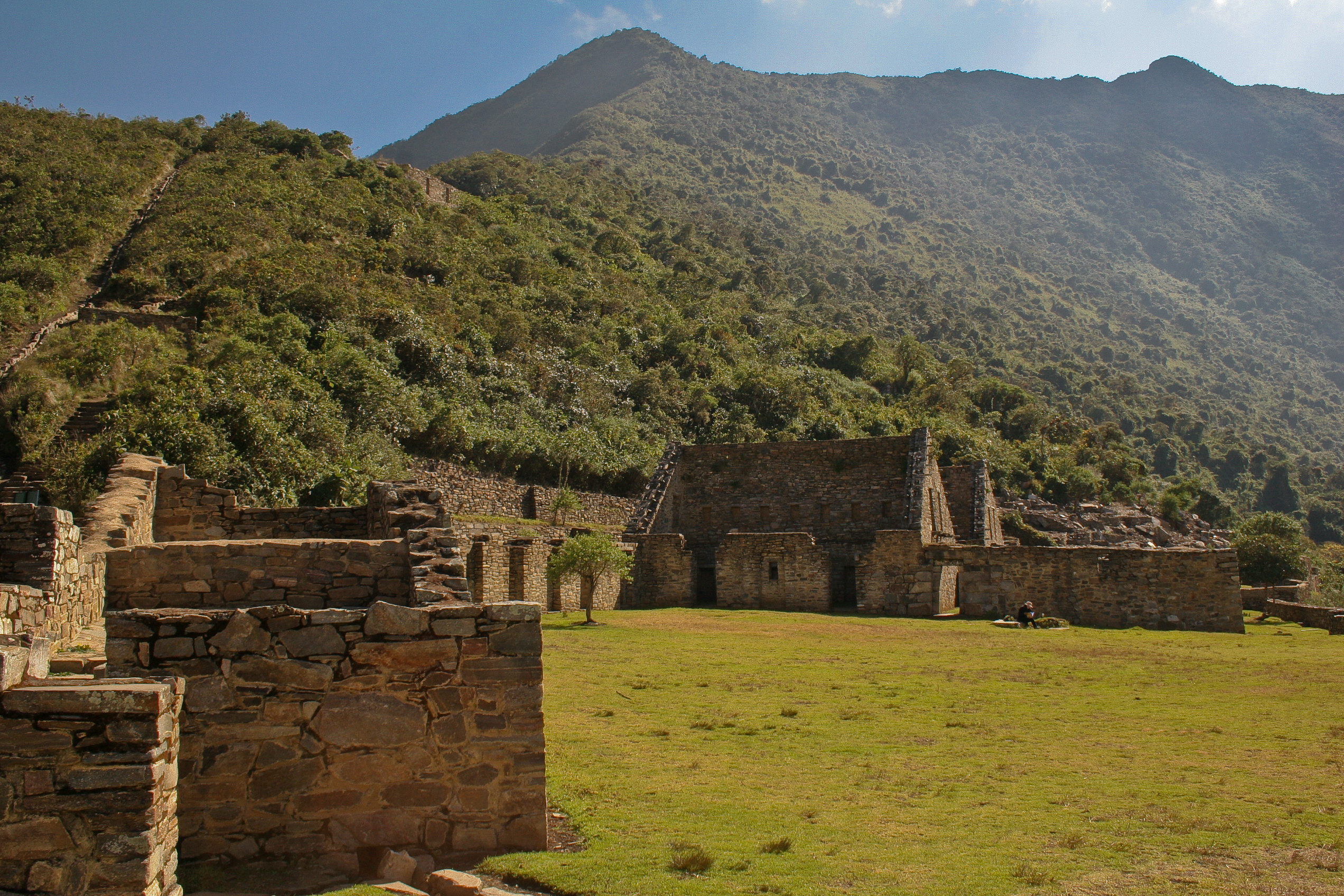
Often referred to as Machu Picchu’s "sister city," Choquequirao is a spectacular yet little-known Inca site nestled high in the Peruvian Andes. This remote archaeological wonder, still largely covered by dense jungle, rivals Machu Picchu in scale and grandeur but receives only a fraction of the visitors due to its challenging trek. Built in the 15th century, Choquequirao was one of the last strongholds of the Incas against the Spanish conquistadors. The site features terraced fields, ceremonial plazas, and intricate stone structures, all with breathtaking mountain vistas. For adventurers willing to make the journey, Choquequirao offers a rare, untouched glimpse into the Inca world.
24. Timgad – Rome’s Forgotten Colony in Africa (Algeria)

Deep in the Sahara Desert of Algeria lies Timgad, a remarkably well-preserved Roman city founded by Emperor Trajan in the 1st century AD. Known as the "Pompeii of North Africa," this ancient colony features an impressive grid layout, grand temples, a massive amphitheater, and an extensive library. Unlike many other Roman ruins, Timgad remains largely untouched, with its original streets, arches, and mosaics still intact. Walking through this site feels like stepping into a time capsule, offering a glimpse of Roman urban planning in an unexpected part of the world.
25. Ciudad Perdida – Colombia’s Lost City
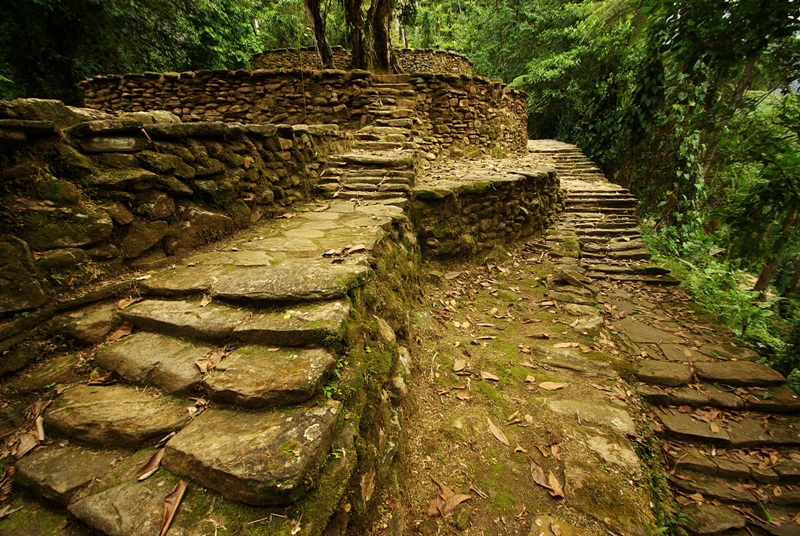
Nestled deep within the misty jungles of Colombia’s Sierra Nevada mountains, Ciudad Perdida (the "Lost City") is an ancient city that predates Machu Picchu by over 600 years. Built by the Tayrona civilization around 800 AD, this sprawling complex consists of stone terraces, staircases, and circular plazas connected by a vast network of jungle-covered paths. The city remained hidden for centuries until its rediscovery in the 1970s. Reaching Ciudad Perdida requires a multi-day trek through dense rainforest, river crossings, and steep climbs, but those who undertake the journey are rewarded with one of the most breathtaking and mysterious ruins in the world.
26. Tháp Bà Ponagar – Vietnam’s Coastal Cham Temples
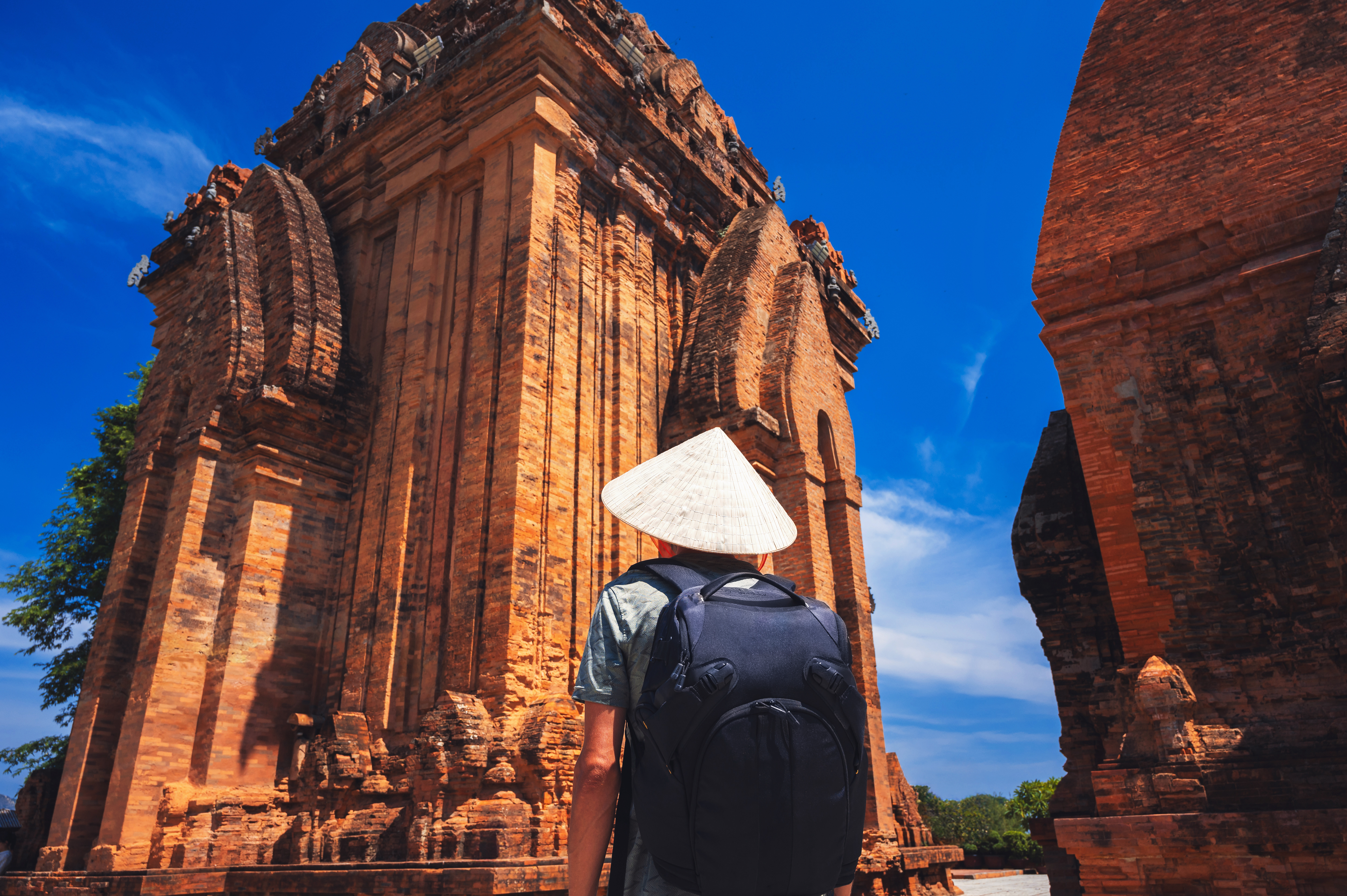
Overlooking the serene waters of the Cai River in Nha Trang, the striking red brick towers of Tháp Bà Ponagar form one of Vietnam’s most significant and spiritual archaeological sites. Built by the Cham civilization between the 7th and 12th centuries, the complex was dedicated to Yan Po Nagar, a revered goddess believed to have taught weaving and agriculture to the people. The site originally included ten towers, of which only a few remain, each intricately adorned with sandstone bas-reliefs and decorative motifs that reflect both Hindu and indigenous spiritual traditions. Set on a verdant hillside, the temple complex offers panoramic views of the river and the city beyond. Still an active place of worship for Vietnamese Buddhists today, Tháp Bà Ponagar seamlessly merges the ancient with the contemporary, creating an evocative space where centuries of devotion and artistry echo in every weathered stone.
27. Takht-e Soleyman – Iran’s Sacred Fire Temple
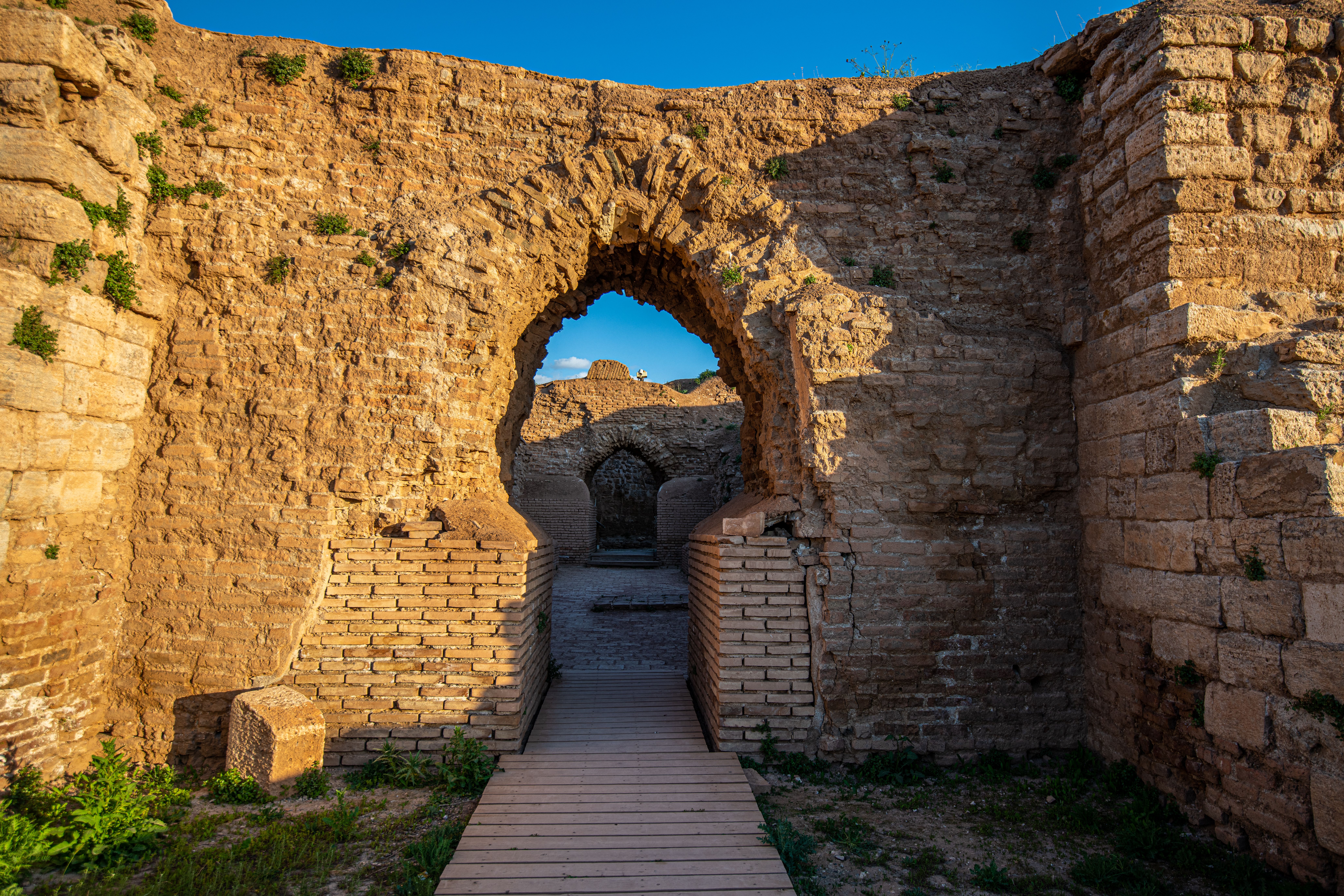
Located amid the volcanic highlands of northwest Iran, Takht-e Soleyman—meaning “Throne of Solomon”—is one of the most atmospheric and enigmatic ancient sites in the Middle East. This UNESCO World Heritage Site was once a spiritual and administrative heart of the Sassanid Empire, home to one of the most important Zoroastrian fire temples, believed to hold a flame that burned continuously for centuries. The complex includes not only the sacred temple but also royal residences, fortifications, and a large, mysteriously deep crater lake thought to have ritual significance. Its isolated setting, surrounded by rugged mountains and open sky, adds to its mystical allure. The site also reveals layers of occupation, with later Mongol-era additions blending into the Sassanid core. Despite its historical and architectural importance, Takht-e Soleyman remains relatively unknown to international travelers, making it a hidden gem for those seeking a deeper understanding of ancient Persian spirituality and engineering marvels.
28. Sarmizegetusa Regia – Romania’s Dacian Capital

Tucked high in the forested peaks of Romania’s Orăștie Mountains lies Sarmizegetusa Regia, the once-mighty capital of the Dacian Kingdom before its fall to the Romans. Dating back to the 1st century BC, the site functioned as both a strategic fortress and a sacred sanctuary, embodying the fusion of military power and religious devotion that defined Dacian society. Built with enormous limestone and andesite blocks using a mysterious dry masonry technique, the ruins include defensive walls, terraced sanctuaries, and a remarkably well-preserved circular solar calendar, believed to have been used for religious and astronomical purposes. The surrounding Carpathian wilderness adds a haunting beauty to the site, shrouding it in mist and legend. Far less visited than other European ruins, Sarmizegetusa Regia offers a unique, off-the-beaten-path glimpse into a once-thriving civilization whose influence is still felt in Romania’s national identity today.
29. Bagan – Myanmar’s Endless Sea of Temples
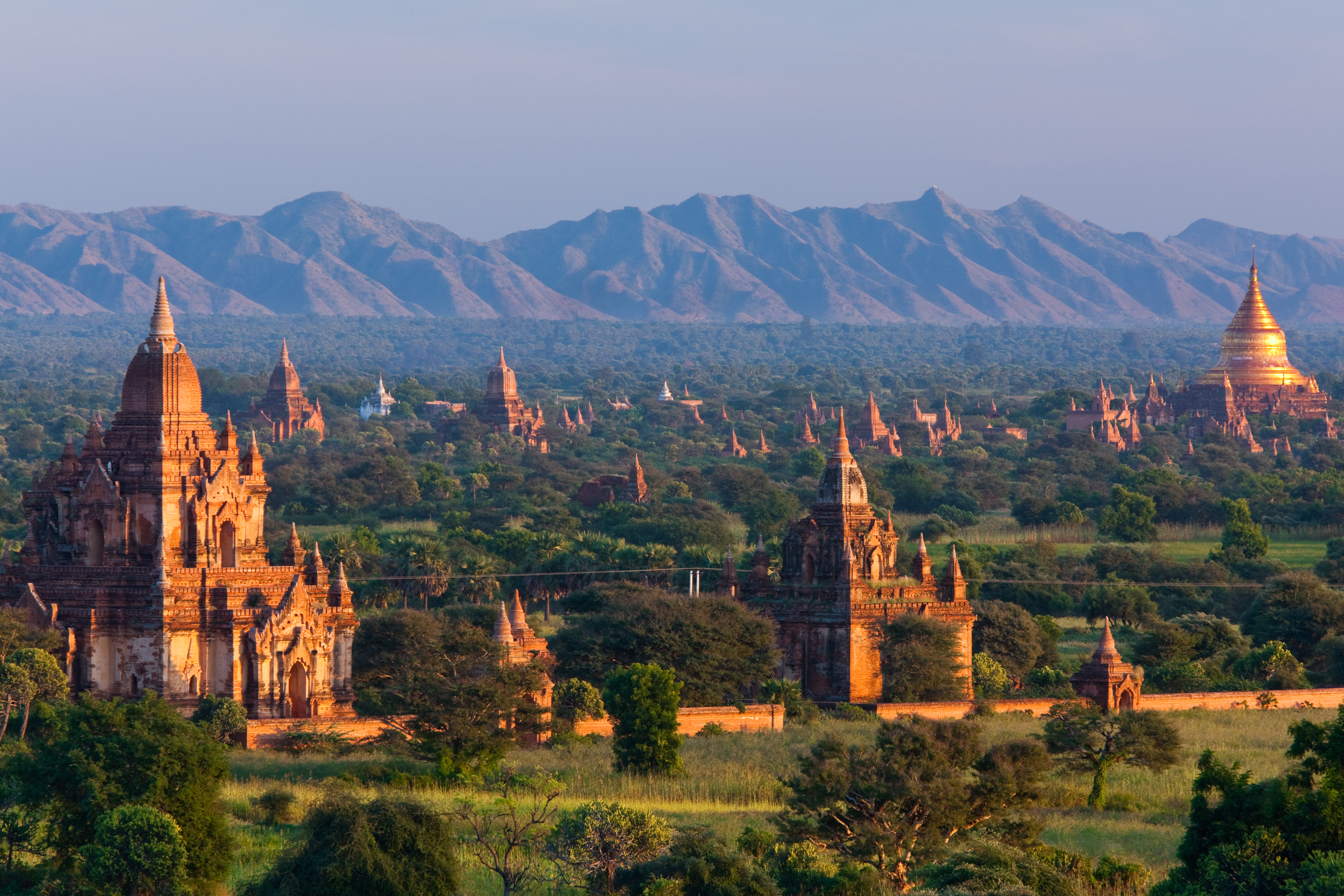
Stretching across a sunbaked plain along the Irrawaddy River, the ancient city of Bagan in central Myanmar is home to over 2,000 Buddhist temples, pagodas, and monasteries—many of which date back to the golden age of the Pagan Kingdom between the 11th and 13th centuries. At its height, the city featured more than 10,000 religious structures, making it one of the densest archaeological sites in the world. Each temple varies in design and scale, with notable standouts like Ananda Temple, Shwezigon Pagoda, and Dhammayangyi Temple showcasing stunning frescoes, stucco carvings, and intricate stonework. Whether you explore the ruins on foot, by e-bike, or in a hot air balloon at sunrise, Bagan offers an experience that is both deeply spiritual and visually unforgettable. Despite earthquakes and centuries of erosion, the site remains remarkably intact, radiating a timeless energy that continues to enchant pilgrims, historians, and adventurers from across the globe.
30. Ani – Armenia’s Ghost City of Cathedrals
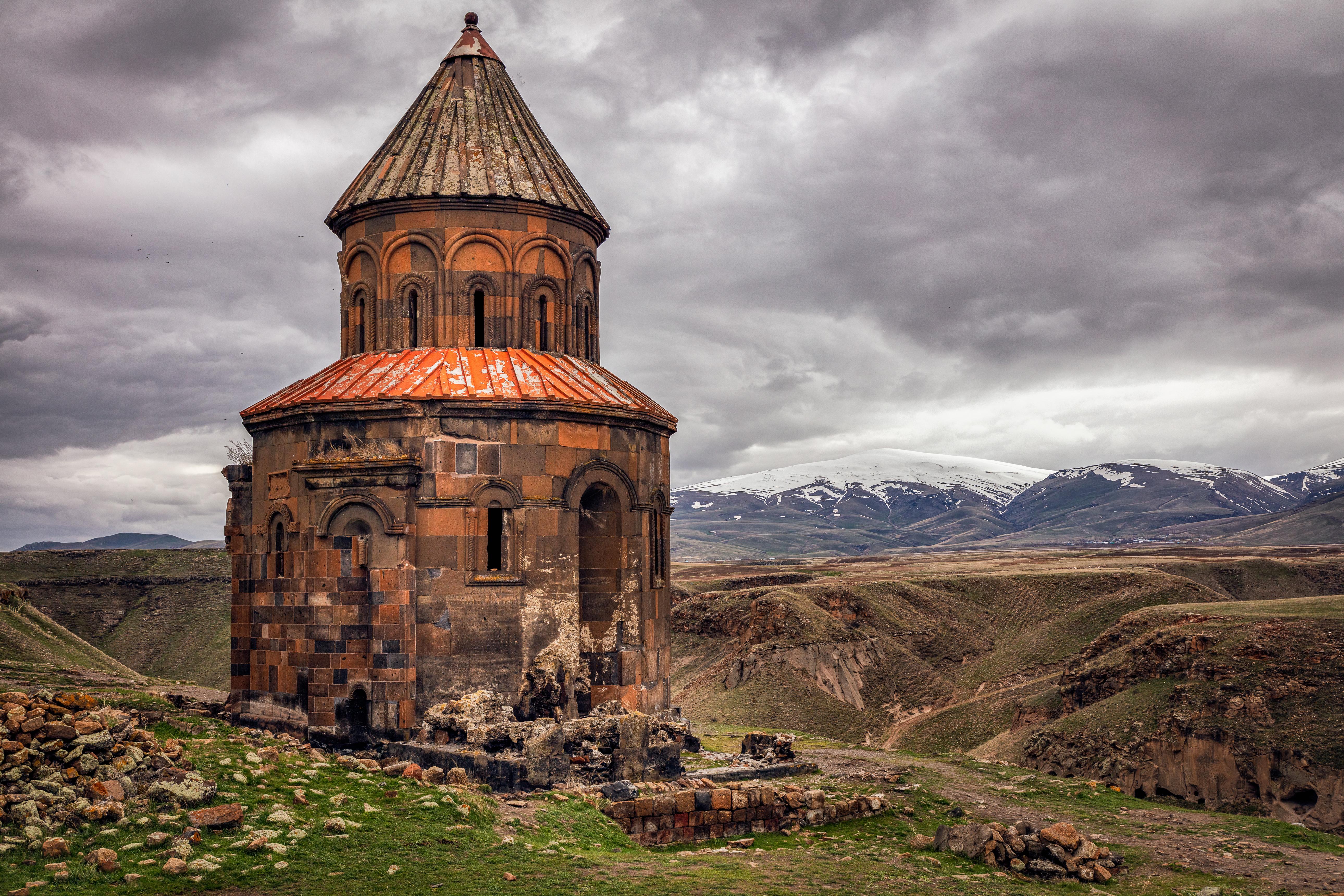
Ani, the once-glorious medieval capital of an Armenian kingdom, now lies in haunting silence on the edge of a windswept plateau straddling the modern Turkish-Armenian border. At its peak in the 10th and 11th centuries, Ani rivaled Constantinople in size and splendor, known as the “City of 1,001 Churches” for its dazzling array of religious architecture. Today, the weathered remnants of cathedrals, monasteries, and palaces rise from golden grasslands like forgotten sentinels of an empire long past. The Cathedral of Ani, with its soaring arches and crumbling dome, still impresses with its grandeur, while the Church of St. Gregory of Tigran Honents retains its vivid frescoes despite the ravages of time. Surrounded by deep ravines and the ruins of fortified walls, Ani is as poignant as it is beautiful—a powerful reminder of cultural resilience, architectural innovation, and the impermanence of human achievement.
31. Chavín de Huántar – Peru’s Pre-Inca Enigma

Tucked deep within the Cordillera Blanca mountain range of northern Peru, Chavín de Huántar was once the spiritual epicenter of the Chavín culture, which thrived between 900 and 200 BCE—long before the rise of the Inca Empire. This UNESCO World Heritage Site is famed for its subterranean maze-like temples, intricately carved granite stelae, and the haunting visage of the “Lanzón,” a sacred deity statue buried deep within the ceremonial core. What makes Chavín especially fascinating is its use of acoustics—its underground galleries are believed to have amplified sound for ritualistic effect, creating disorienting or mystical experiences for worshippers. The site’s iconography, blending human and animal features, suggests complex religious beliefs centered on transformation and shamanism. Though still shrouded in mystery, Chavín de Huántar represents a foundational Andean civilization whose spiritual influence rippled through pre-Columbian cultures for centuries.
32. Amadiya – Iraq’s Ancient Cliff-Top Citadel
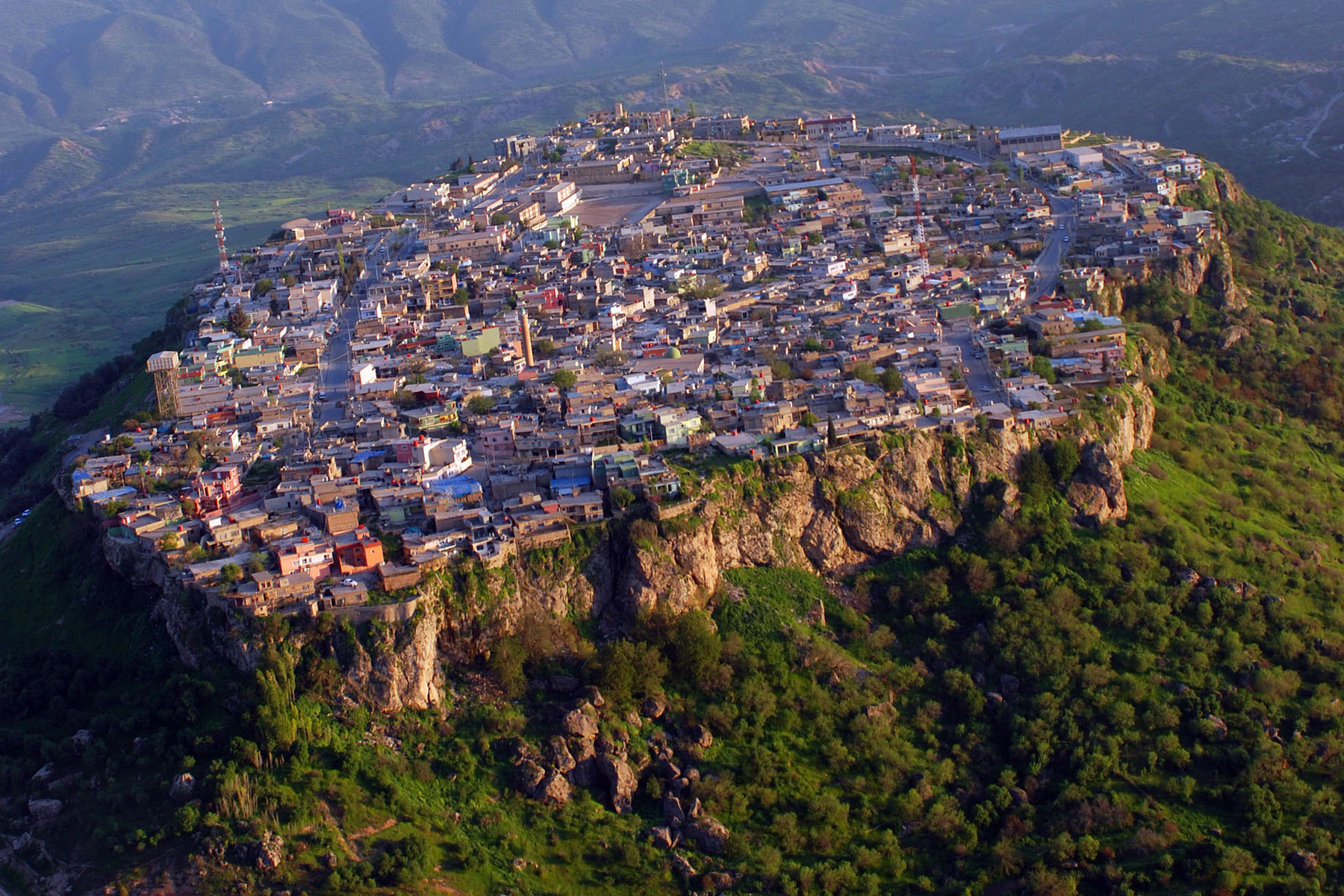
Amadiya, perched atop a dramatic 4,000-foot plateau in the Zagros Mountains of Iraqi Kurdistan, is a living city layered with millennia of history. Its origins trace back over 5,000 years, with links to Assyrian rule, ancient Mesopotamian worship, and regional legends claiming it as the birthplace of the Magi—the three wise men who visited Jesus after his birth. The town’s ancient gate, built during the Abbasid Caliphate, still welcomes visitors with stone-carved inscriptions. Over centuries, Amadiya has absorbed Kurdish, Christian, Jewish, and Islamic influences, visible in its architecture, religious sites, and cultural traditions. The panoramic views from the cliff’s edge are breathtaking, but it's the enduring human presence in this mythical location that makes Amadiya so compelling. With its mix of legend, strategic significance, and ongoing habitation, it serves as a rare example of an ancient citadel continuously inhabited into the present day.
33. Leptis Magna – Libya’s Forgotten Roman Jewel
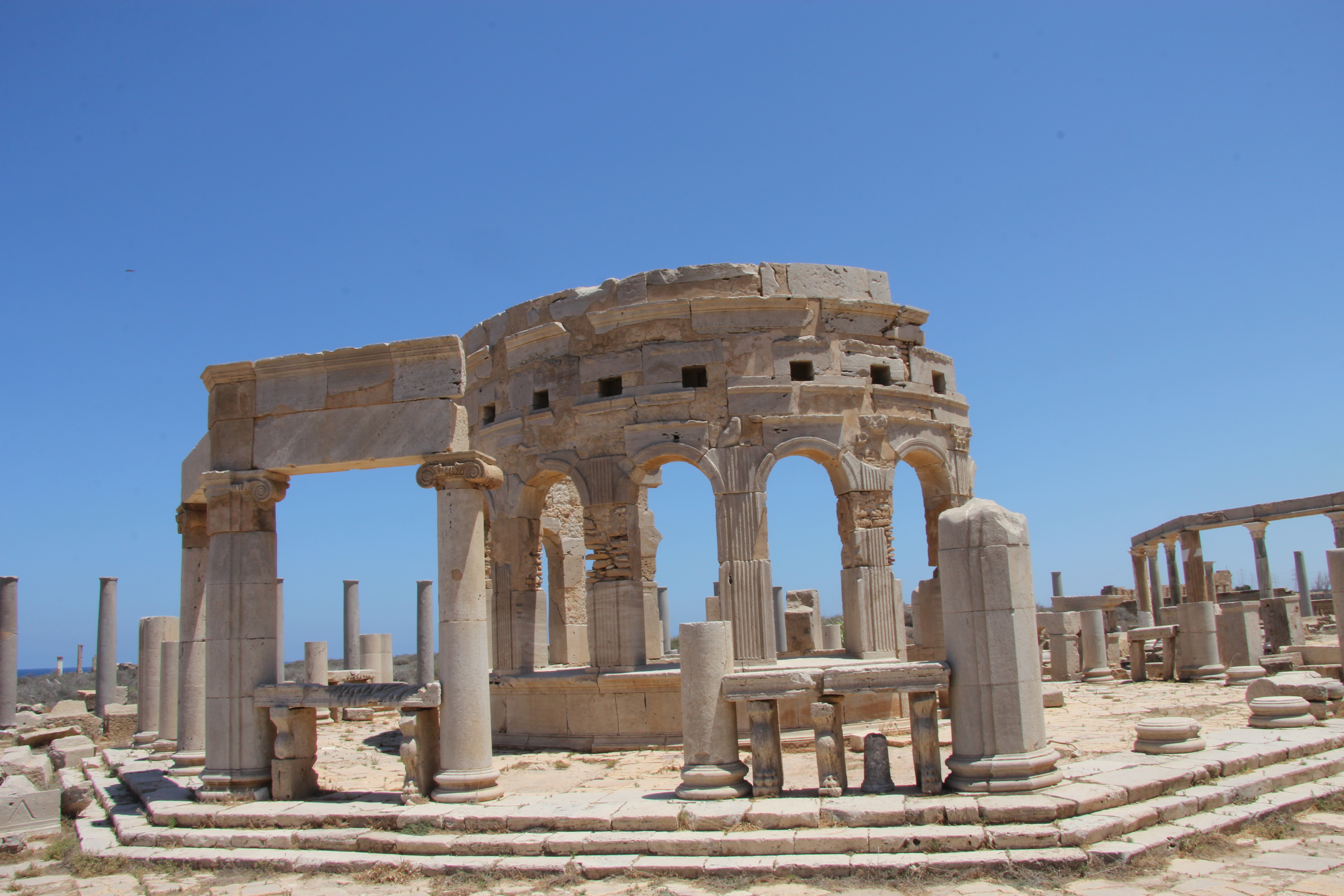
Along the sun-bleached shores of Libya’s Mediterranean coast lies Leptis Magna—one of the grandest and best-preserved Roman cities outside of Italy. Once a thriving port and the hometown of Emperor Septimius Severus, Leptis Magna showcases the full ambition of Roman urban planning. Visitors can wander through vast forums, a stunningly intact amphitheater, market arcades, aqueducts, and the monumental Severan Arch. The site’s blend of Roman engineering and North African flair is especially striking in its ornate mosaics and the colonnaded streets flanked by olive trees and desert sands. Despite political unrest and its remote location, Leptis Magna remains largely untouched by mass tourism, offering an almost surreal experience—where travelers can walk in near solitude through a city that once bustled with imperial grandeur. It’s a place where the ghosts of Rome whisper through columns, and history feels remarkably close beneath your feet.
34. Al-‘Ula (Madain Salih) – Saudi Arabia’s Nabatean Twin to Petra

Al-‘Ula, home to the ancient Nabatean city of Madain Salih (also known as Hegra), is Saudi Arabia’s answer to Petra—yet remains far less frequented, making it a hauntingly beautiful and serene destination. Nestled among golden desert landscapes and dramatic sandstone cliffs, Madain Salih boasts over 100 elaborately carved rock tombs, many adorned with inscriptions and intricate facades that mirror the style of Petra, its more famous sibling in Jordan. This UNESCO World Heritage Site was once a vital stop along the Incense Route, linking Arabia with the Mediterranean world. Now a centerpiece of Saudi Arabia’s Vision 2030 tourism initiative, Al-‘Ula is being developed as a cultural and archaeological hub with a growing emphasis on conservation and accessibility. As travelers venture beyond the tombs, they’ll also discover remnants of ancient markets, wells, and early Islamic sites—each adding layers to a landscape rich with history and untold stories.
35. Shahr-e Sukhteh – Iran’s Burnt City
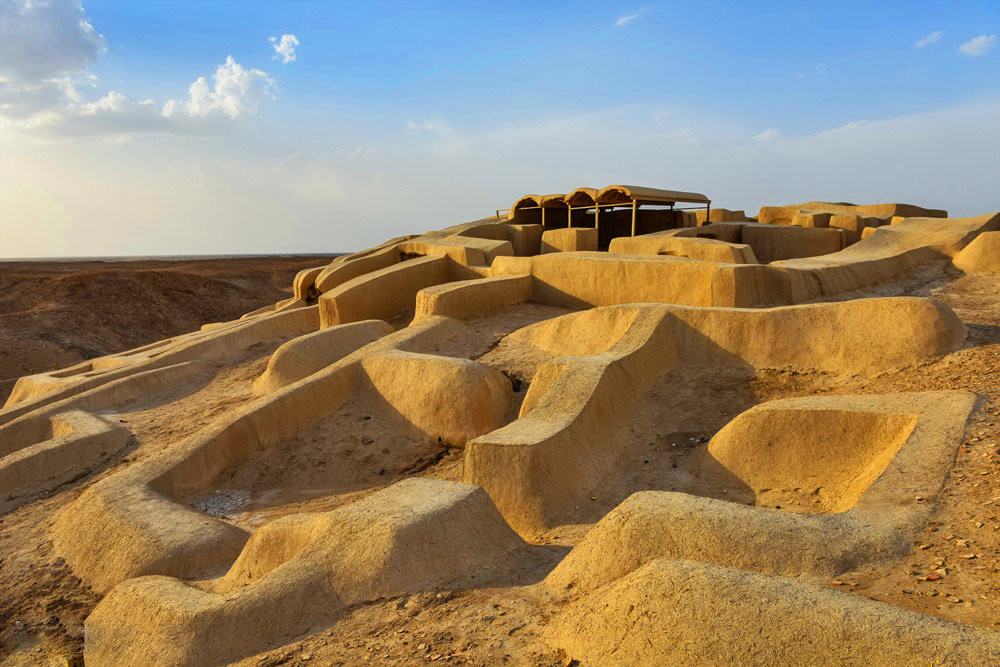
In the remote deserts of southeastern Iran lies Shahr-e Sukhteh, or “The Burnt City”—an archaeological marvel dating back over 5,000 years to the Bronze Age. Once a bustling hub of trade and innovation, the city flourished along ancient trade routes between Mesopotamia, the Indus Valley, and Central Asia. Its nickname stems from evidence of multiple destructive fires, which paradoxically helped preserve many of its secrets. Excavations have revealed a wealth of surprising discoveries: the world’s oldest known artificial eye, a complex sewer system, and even evidence of primitive brain surgery, suggesting a highly advanced society for its time. Despite its sparse and windswept ruins today, Shahr-e Sukhteh’s importance lies in its ability to challenge and expand our understanding of early urban life. As more of its mysteries come to light, the Burnt City continues to offer profound insights into the ingenuity and sophistication of one of humanity’s earliest civilizations.
36. Mesa Verde (Colorado, USA): The Cliff Dwellings' Architectural Genius
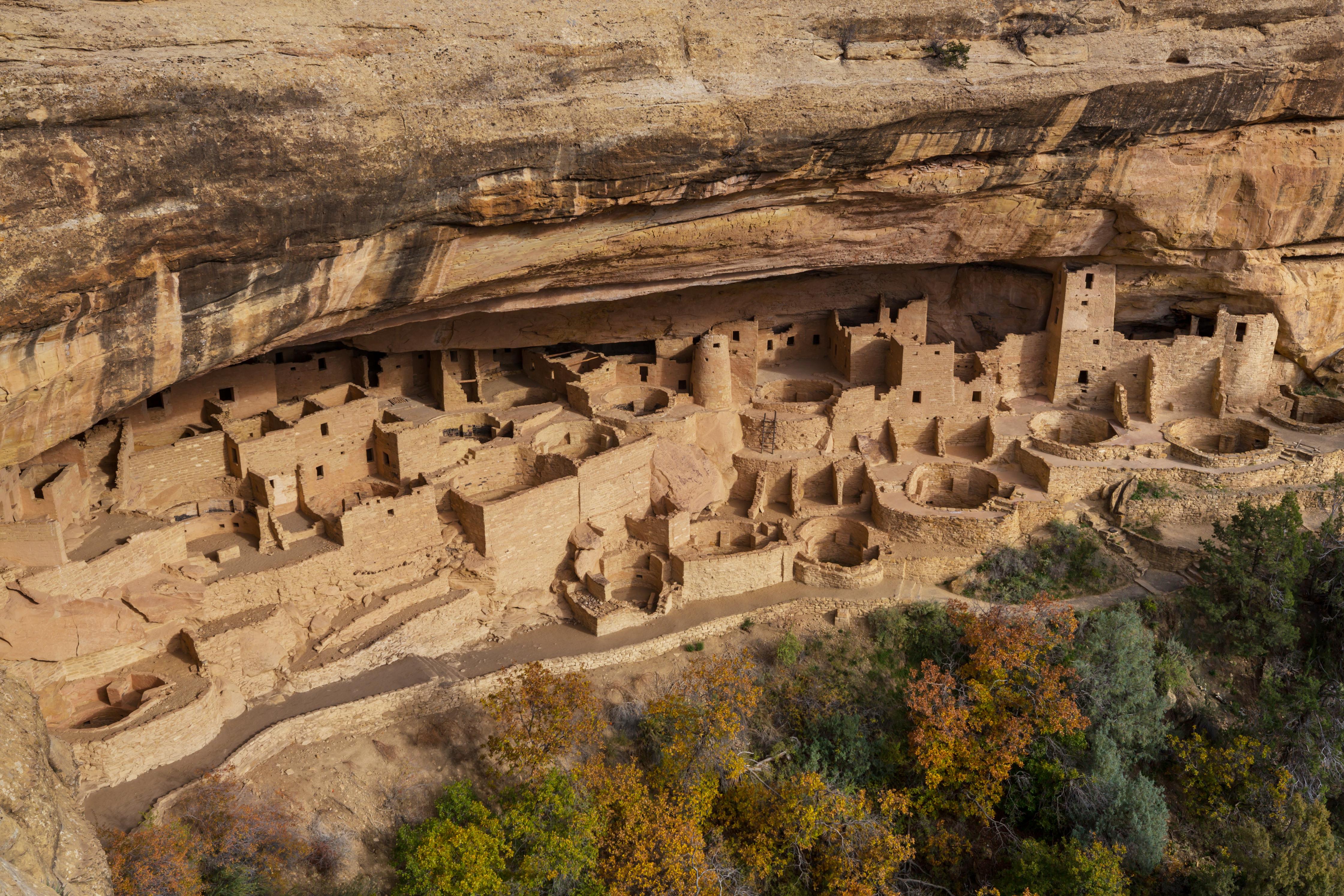
Hidden within the sheer cliffs of Colorado, Mesa Verde is an astounding complex of Ancestral Puebloan cliff dwellings, carved into natural alcoves. Flourishing between 600 and 1300 CE, sites like Cliff Palace and Spruce Tree House showcase ingenious multi-story structures, circular kivas, and intricate masonry. These communities thrived by harvesting water from seeps and farming the mesa tops, demonstrating remarkable adaptability to their challenging environment. Their eventual abandonment remains a poignant mystery, leaving behind a silent testament to a sophisticated culture that masterfully integrated architecture with nature.
37. Newgrange (County Meath, Ireland): Europe's Megalithic Solar Alignment
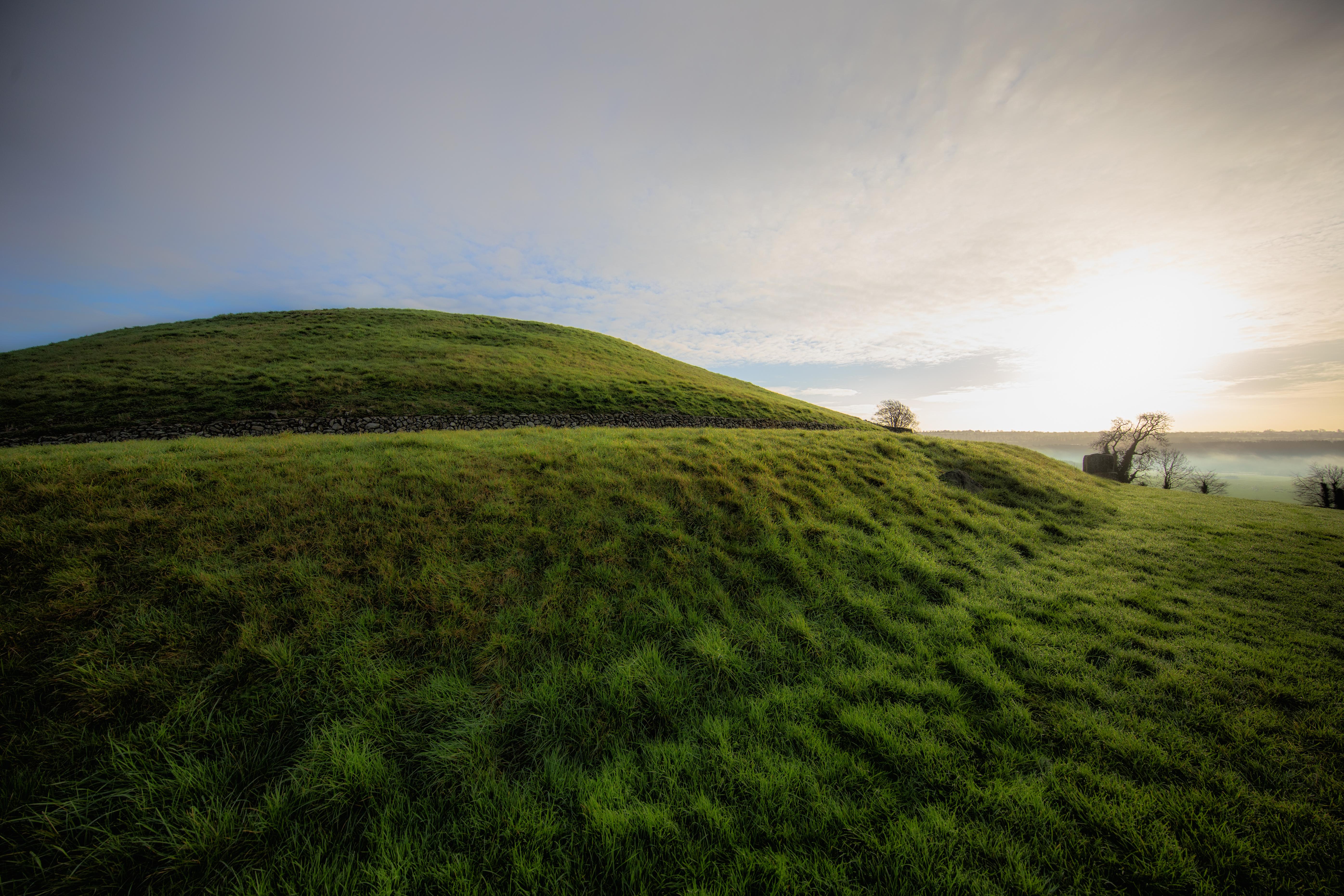
Older than Stonehenge and the Egyptian pyramids, Newgrange is a monumental passage tomb in Ireland, dating back to roughly 3200 BCE. This massive circular mound, held in place by 97 kerbstones, conceals an inner passage leading to a cruciform chamber. Its true marvel is its precise alignment with the winter solstice; for just a few minutes each year, sunlight perfectly penetrates a "roofbox" above the entrance, illuminating the central chamber. This astonishing feat of prehistoric engineering speaks to an advanced astronomical understanding and complex spiritual beliefs.
38. Skara Brae (Orkney Islands, Scotland): Neolithic Village Preserved by Sand
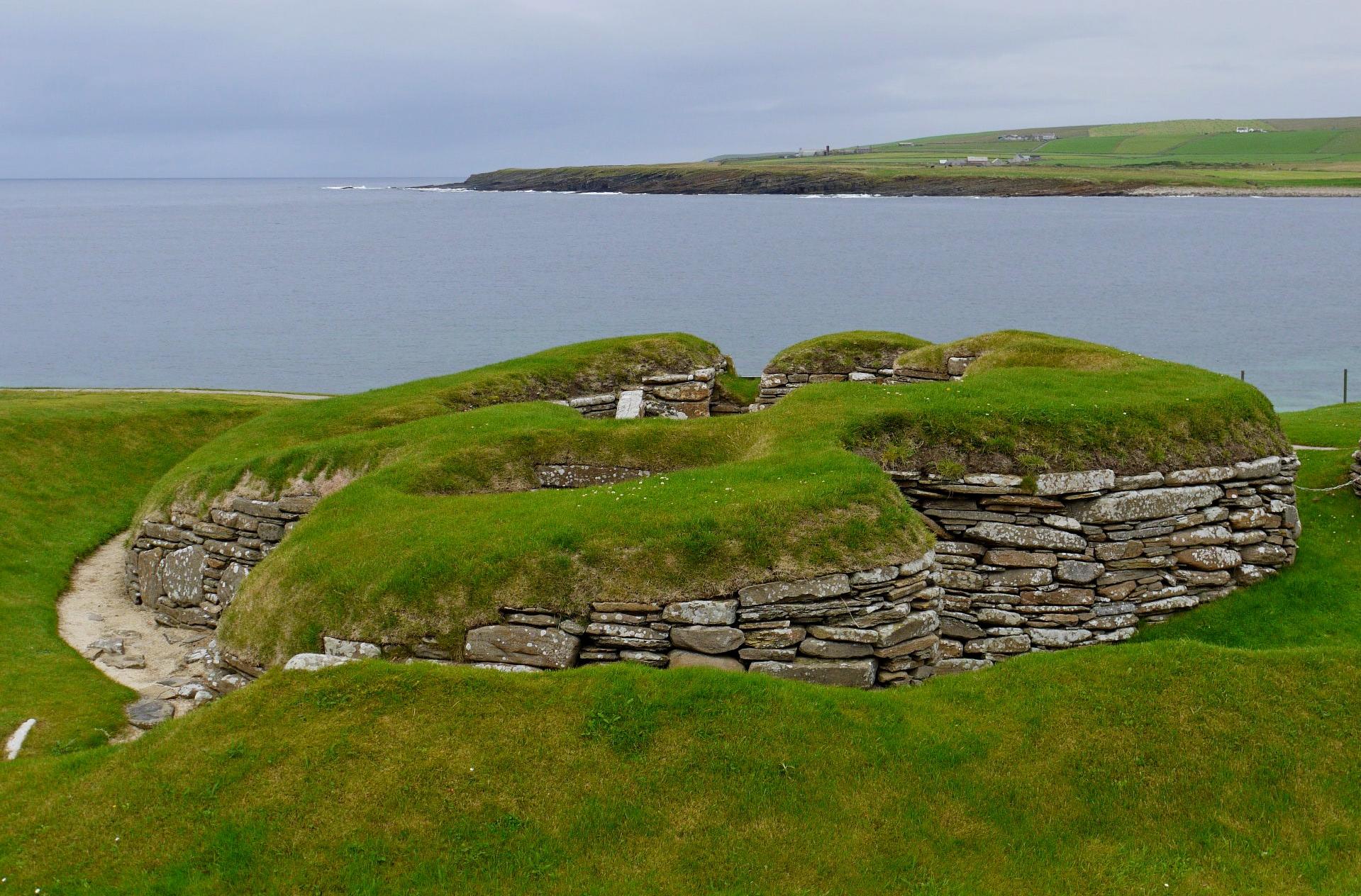
Uncovered by a storm in 1850, Skara Brae is a remarkably preserved Neolithic village on Scotland's remote Orkney Islands, dating from 3180 to 2500 BCE. This UNESCO World Heritage site offers an unparalleled glimpse into Stone Age life, with eight clustered houses linked by covered passages. What makes it unique is the intact "furniture" – beds, dressers, and storage boxes – all crafted from stone. Buried by sand for millennia, Skara Brae provides an intimate, incredibly tangible connection to Europe's earliest farming communities.
39. Hattusa (Çorum Province, Turkey): Capital of the Mighty Hittite Empire

Far less known than Rome or Athens, Hattusa was the sprawling capital of the Hittite Empire, a major rival to ancient Egypt, flourishing from around 1600 to 1200 BCE. Nestled in Anatolia, its impressive ruins include massive fortifications with secret tunnels, grand temples, and royal palaces. The site's most famous features are the Lion Gate and the unique cuneiform tablets discovered here, which revealed the Hittites' advanced legal and political systems. Hattusa offers a deep dive into a powerful, sophisticated Bronze Age empire often overlooked in mainstream history.
40. Baalbek (Beqaa Valley, Lebanon): Colossal Roman Temple Complex
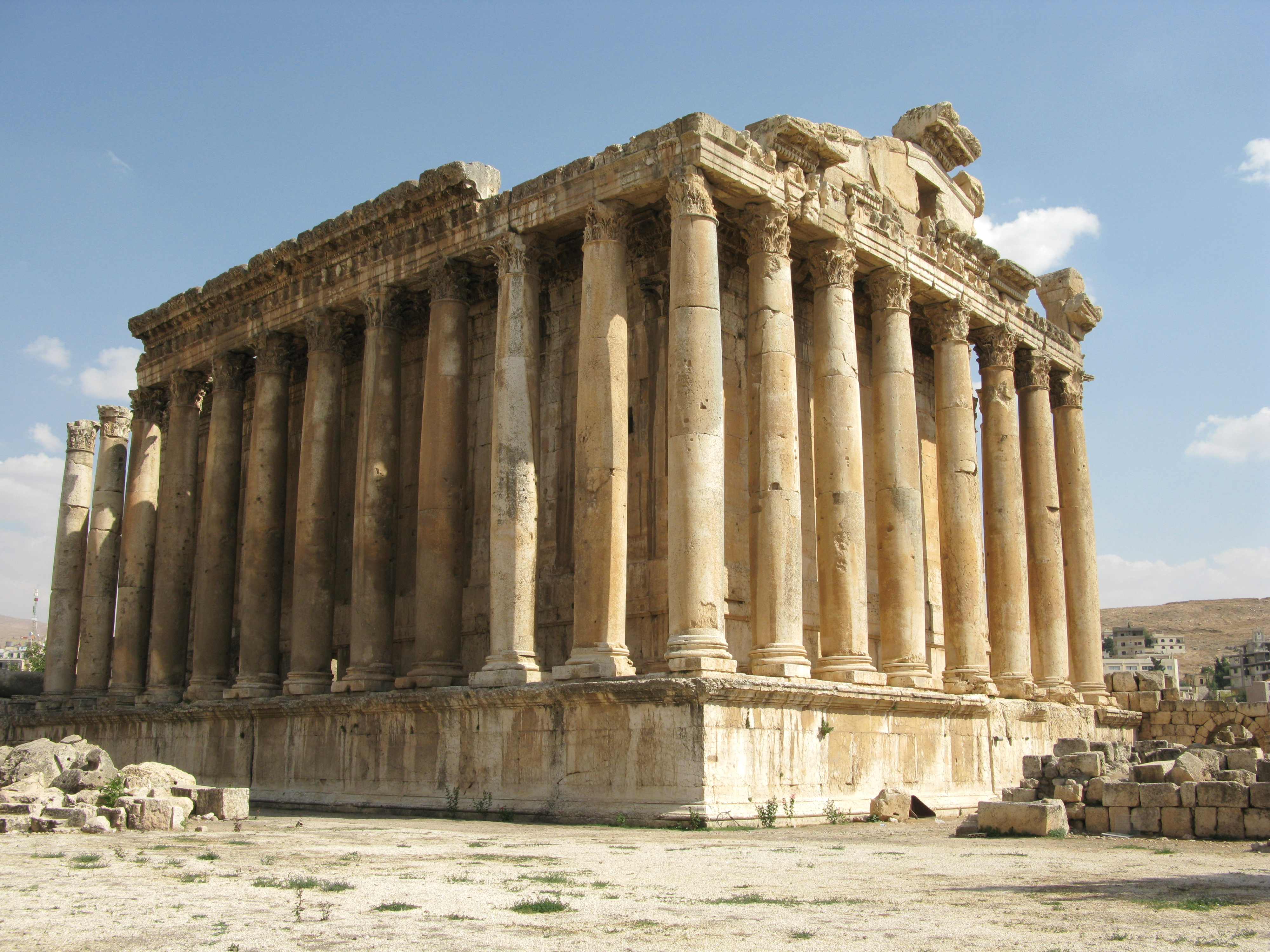
In Lebanon’s fertile Beqaa Valley, Baalbek is home to some of the largest and most awe-inspiring Roman temple ruins ever constructed. Despite its Middle Eastern location, it was a grand Roman colony. The sheer scale of the Temple of Bacchus, remarkably preserved, and the colossal columns of the Temple of Jupiter – some of the tallest in the world – are staggering. The precise stonework, including the 1000-ton "Stone of the Pregnant Woman" still in the quarry, continues to mystify engineers. Baalbek stands as a dramatic testament to Roman imperial ambition.
41. Knossos (Crete, Greece): The Labyrinthine Minoan Palace
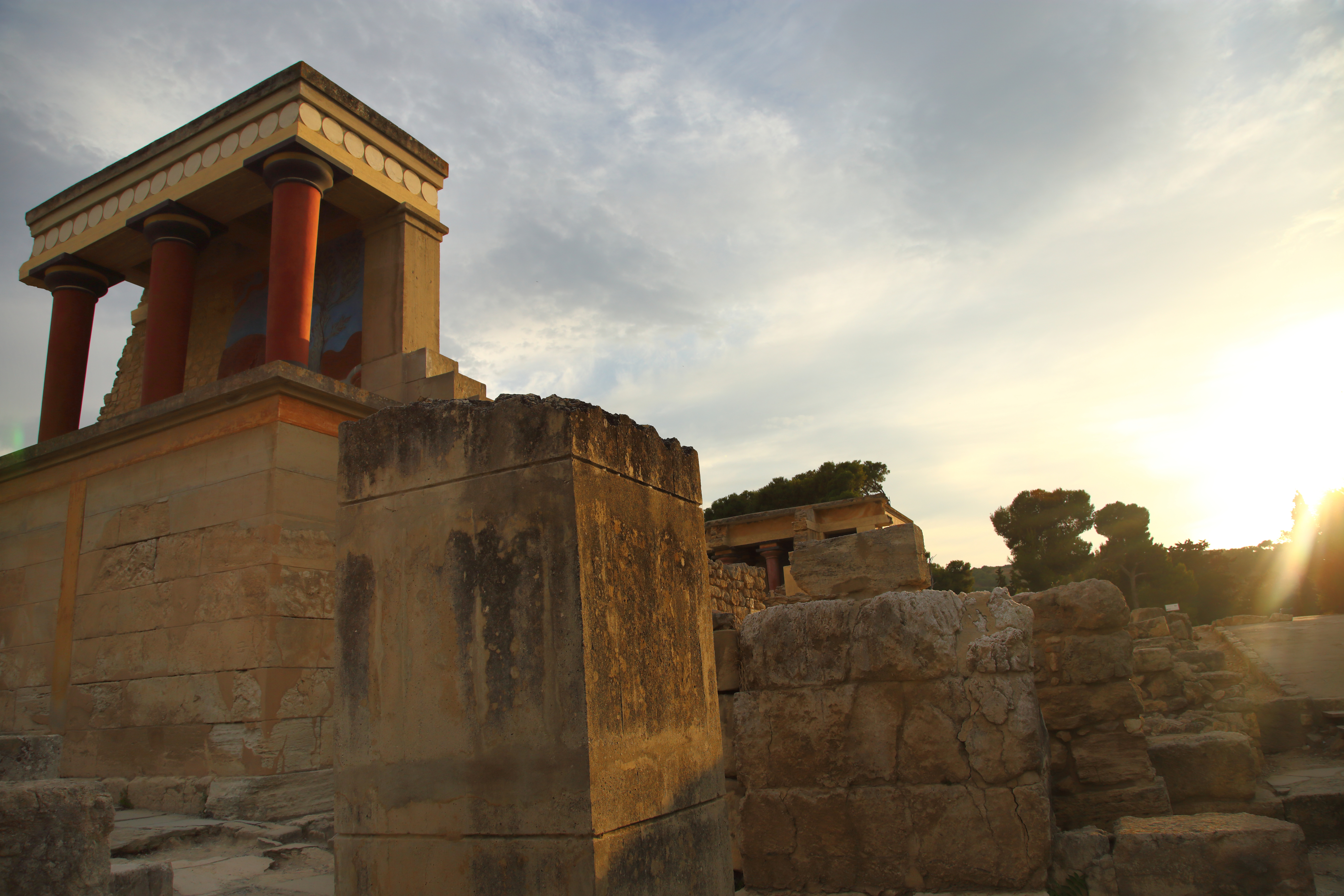
On the island of Crete, Knossos was the heart of the Minoan civilization, Europe's earliest sophisticated culture, flourishing from around 2000 to 1400 BCE. This vast, multi-storied palace complex, famously associated with the myth of the Minotaur and the Labyrinth, reveals an astonishing level of architectural and artistic sophistication. Although extensively (and controversially) reconstructed, exploring its vibrant frescoes, grand staircases, and royal apartments offers a vivid window into a powerful maritime empire that profoundly influenced early Greek civilization.
42. Erbil Citadel (Erbil, Iraqi Kurdistan): World's Oldest Continuously Inhabited Settlement
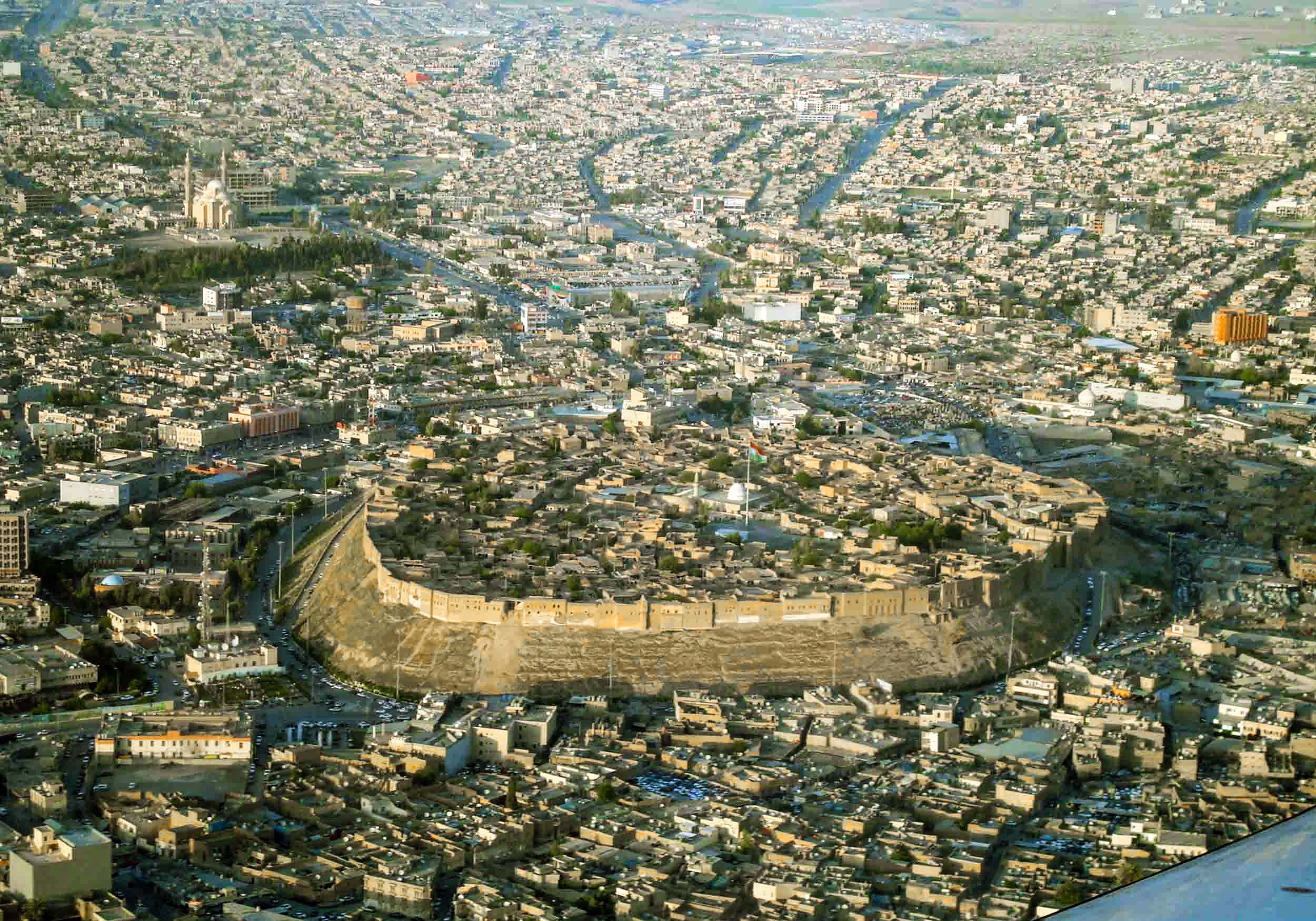
More than just ruins, the Erbil Citadel is a living archaeological marvel, recognized by UNESCO as potentially the oldest continuously inhabited urban settlement on Earth, with origins dating back over 8,000 years. Perched atop a distinctive tell (mound) in the heart of modern Erbil, its impressive defensive walls enclose a maze of narrow alleys and traditional houses. Layers of Assyrian, Babylonian, Persian, and Ottoman history lie beneath its active community, offering a unique opportunity to experience ancient urban life in a living historical context.
43. Mohenjo-Daro (Sindh, Pakistan): Indus Valley's Lost City of Planning
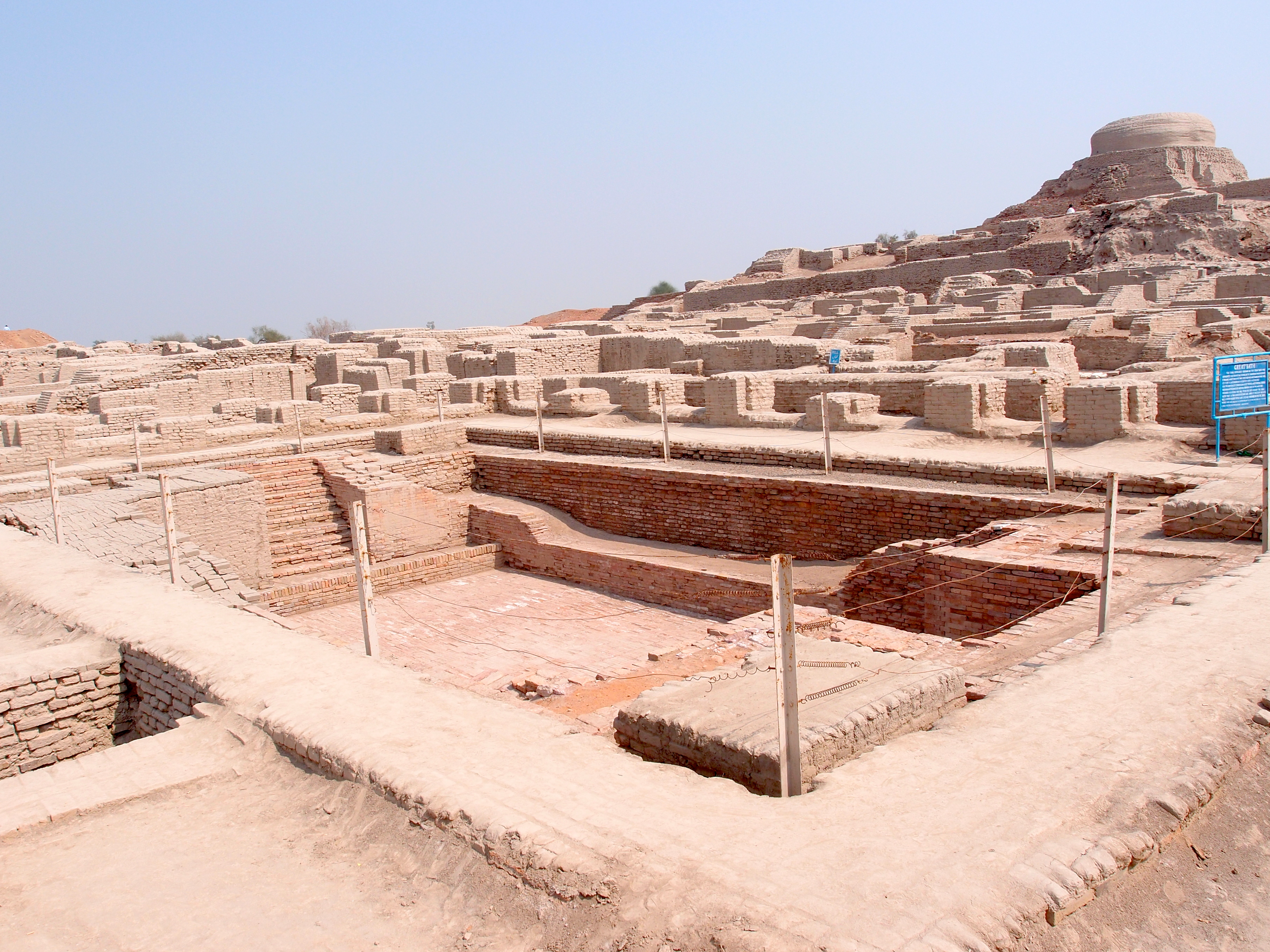
Lost for over 3,700 years until its rediscovery in the 1920s, Mohenjo-Daro was one of the largest and most advanced cities of the ancient Indus Valley Civilization, thriving around 2500-1900 BCE. This UNESCO site reveals unparalleled urban planning: a grid layout, sophisticated drainage and sewage systems, and impressive public baths ("The Great Bath"). The lack of grand palaces or elaborate tombs suggests a surprisingly egalitarian society. Its undeciphered script and mysterious decline add to the profound enigma of this remarkably forward-thinking ancient metropolis.
44. Caral-Supe (Supe Valley, Peru): Americas' Oldest Known Urban Center

Predating the Inca by millennia, Caral-Supe in Peru's Supe Valley is recognized as the oldest known urban center in the Americas, dating back over 5,000 years (around 2600-2000 BCE). This monumental complex features six large pyramidal structures, circular plazas, and residential buildings. Its sophisticated design, astronomical alignments, and evidence of a highly organized society that lacked pottery and warfare are truly baffling. Caral offers a profound glimpse into a foundational civilization of the Andes, rewriting the timeline of complex societies in the Western Hemisphere.
45. Nazca Lines (Nazca Desert, Peru): Geoglyphs Etched into the Desert

The Nazca Lines, etched into the arid plains of Peru's Nazca Desert between 500 BCE and 500 CE, are a collection of massive geoglyphs depicting animals, plants, and geometric shapes. Best viewed from the air, these colossal drawings, created by removing reddish-brown rocks to expose lighter soil, remain an archaeological enigma. Their purpose—astronomical calendars, ritual pathways, or messages to deities—is still debated. The sheer scale and precision of these ancient artworks in such an unforgiving landscape make them one of the world's most mysterious and awe-inspiring ancient sites.
A Tapestry of Human Achievement
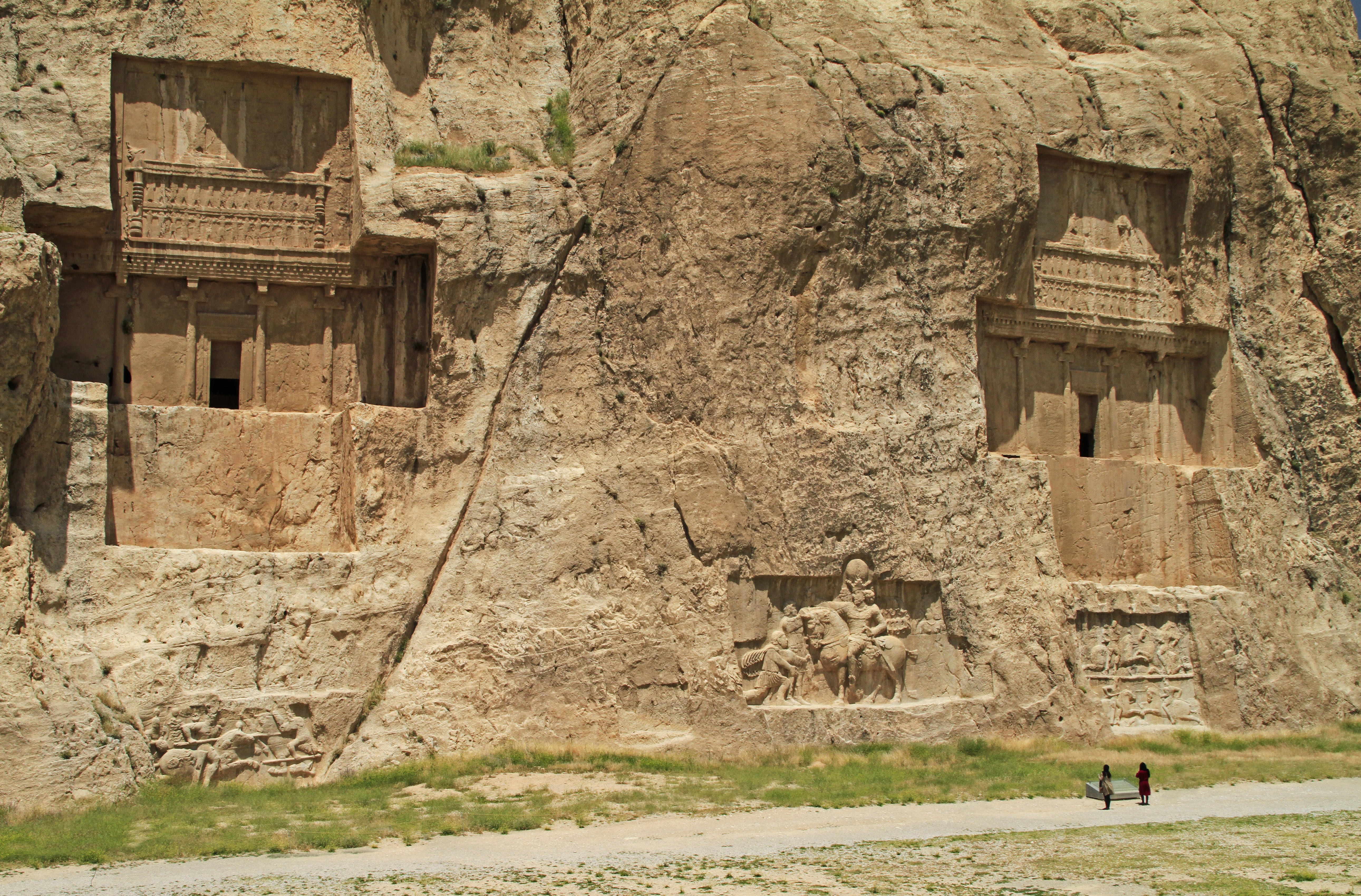
As we conclude our journey through these 45 breathtaking ancient ruins, it becomes evident that the grandeur of the pyramids, while unparalleled, is but one chapter in the vast narrative of human history. Each site we've explored offers a unique perspective on the ingenuity, creativity, and resilience of the civilizations that built them. From the towering temples of Angkor to the enigmatic moai of Easter Island, these ruins serve as reminders of our shared heritage and the enduring legacy of the past. They challenge us to look beyond the familiar and appreciate the diverse tapestry of human achievement that spans the globe. As we continue to uncover the mysteries and stories of these ancient sites, they inspire us to preserve and protect the cultural heritage that connects us all. Whether through exploration, research, or conservation efforts, the legacy of these ancient wonders will continue to captivate and inspire generations to come.


